When choosing bathtub faucets, the appearance, water output, and handle feel may be the first points of attention, but what determines whether it can be leak-free, drip-free, crack-free, or prone to sticking for a long time is hidden inside. You can hardly see it at ordinary times—the valve core. The type, material, processing accuracy, and matching degree of the valve core with water quality and water pressure almost directly determine the service life and maintenance cost of the faucet.
From the perspective of consumers, this article disassembles the structure, advantages, and disadvantages of several mainstream valve cores to inform you: which one is more durable, why it is more durable, and how to use it for an extended period.
1. Why should "durability" look at the valve core first?
The valve core is the primary component that controls the water flow switch and the mixing of hot and cold water. It must withstand long-term water pressure, water hammer, hot and cold shock, impurity erosion, and maintain a sealed and smooth surface during daily switching actions. If the valve core is unreliable, even if the external material is advanced, it may eventually leak, feel tight, or even be unable to close.
2. Which type of mainstream valve core is more "durable"?
Instead of boring rankings, we use real user experience to speak. Overall, high-quality ceramic disc valves are usually the most durable and worry-free choice for bathtub faucets. But we must also recognise that "ceramic disc valves ≠ are all durable", and the quality difference is huge.
1) Ceramic Disc Valve - Recognised King of Life
Structural features: Two high-hardness ceramic discs fit closely together, forming an opening and closing mechanism through rotation.
Advantages: Wear-resistant, high-temperature resistant, anti-scale, smooth opening and closing, and good sealing, theoretically capable of withstanding a very high number of opening and closing cycles.
Potential problems: Hard particles, such as sand and rust, in the water can scratch the surface of the ceramic disc, causing damage to the sealing surface. The ceramic discs of low-priced products often have poor flatness and matching accuracy, which significantly shortens their lifespan.
Suitable for: Most families, especially those with stable water pressure and pre-filtration or soft water systems.
2)Thermostatic Cartridge - Stable and comfortable, but with higher requirements for water quality
Structural features: Built-in temperature sensing element (usually wax core or bimetallic strip), automatically adjusts the ratio of hot and cold water, and maintains a constant water outlet temperature.
Advantages: Comfortable and safe (temperature can be limited to prevent scalding), very friendly to families who require a long-term, stable temperature.
Potential problems: The complex structure makes it extremely sensitive to impurities in water. If no filter is installed, it is prone to clogging or responding slowly, and maintenance costs are high.
l Suitable for Users who have an apparent demand for temperature stability and are willing to incur regular maintenance costs.
3)Ball Valve - Simple structure, but seals are prone to ageing
Structural features: Utilise a hollow metal ball to regulate water flow and mixing through rotation.
Advantages: Relatively simple structure, typical in early single-handle faucets.
Potential problems: Seals and O-rings are prone to ageing, causing the seal to become loose or tight over time, and they need to be replaced regularly; this is less stable than a high-quality ceramic valve core.
Who is it suitable for: Projects with a limited budget or low replacement frequency, but it is no longer the mainstream "high life priority choice".
4)Compression valve core (Compression/rubber gasket seal) - the oldest and most prone to dripping
Structural features: Relying on the compression of rubber gaskets to seal, knob-type hot and cold split faucets are standard.
Advantages: Simple structure, low cost, easy maintenance (replace the gasket).
Potential problems: Rubber ages quickly, the sealing surface wears significantly, and it is most likely to cause issues of loose closing and dripping.
Who is it suitable for: Those with an extremely low budget or a retro style (but consider the "retro appearance + modern ceramic core" solution).
3. 5 hidden variables that affect lifespan
Even if you choose the theoretically "most durable" ceramic valve core, the following factors may significantly shorten its lifespan:
Water quality and impurities: Hard water, scale, rust, and sand particles will scratch the ceramic sheet or block the tiny waterways inside the valve core.
Water pressure and water hammer: Excessive water pressure and frequent water hammer impacts can damage seals and cause the internal parts of the valve core to loosen or break.
Material and processing tolerances: Cheap ceramic valve cores often exhibit poor flatness of ceramic pieces and rough metal substrates, making durability difficult to guarantee.
Improper installation: Failure to thoroughly flush the pipeline and install the filter screen in advance, allowing impurities to directly enter the valve core, which is equivalent to "sandpaper polishing".
Incorrect cleaning: Strong acids, alkalis, or corrosive detergents can penetrate the valve core, causing the sealing rubber ring to age and the valve core to become stuck.

4. "Selection strategies" that consumers can implement
Ø Give priority to ceramic valve cores, and confirm that the brand marks the use of high-quality ceramic sheets (such as aluminium oxide content, cycle life test, etc.).
Ø If you choose a thermostatic faucet, be sure to use a pre-filter and regularly maintain the valve core to ensure optimal performance.
Ø It is not recommended to use ball valves or compression valve cores as the first choice for "long-term maintenance-free";
Ø Families that value "maintainability" should choose faucets with individually replaceable valve cores to avoid replacing the entire set.
Ø Choose low-lead/lead-free, all-copper, or high-quality stainless steel valve bodies to ensure that the accuracy of the surrounding fittings of the valve core is not affected by corrosion.
5. 10 practical tips to extend the life of the valve core
Flush the pipeline before installation, drain the welding slag, sand, and rust before installing the faucet.
Add a pre-filter/water softener, especially in areas with hard water or old pipes.
Control the water pressure, generally recommended to be within 60-80 psi (specific details are subject to local regulations and product instructions).
Install a pressure-reducing valve and an anti-water-hammer device (if necessary) to reduce the instantaneous impact.
Open and close regularly and keep lubricated: valve cores that have not been used for an extended period are prone to jamming.
Use a neutral detergent to clean the surface, as strong acids and alkalis can corrode the seals.
If you find that the hand feels astringent and the water output is fluctuating, check whether the filter or valve core is blocked by scale promptly.
Don't twist it hard: if you continue to force the valve when it is already closed, it will damage the sealing surface or ceramic sheet.
Pay attention to the warranty terms: some brands provide an extended warranty for valve cores.
Install anti-scalding devices, limit rings, and other accessories (especially for thermostatic valves) according to the instructions to avoid unnecessary temperature shock.
6. When is it more cost-effective to "repair"? When is it more wise to "replace"?
① Situations where repair is preferred:
The ceramic valve core is only stuck with impurities, and it can be restored by cleaning or replacing the sealing ring.
It feels tight, but there is no noticeable water leakage.
The brand provides original valve cores at a reasonable price.
② Situations where it is recommended to replace the faucet directly:
No corrosion or cracks are found inside the valve body or the matching valve core.
Dripping and unstable temperature after repeated repairs.
The service life of the low-end valve core has expired, and the repair cost is close to the replacement price.
7. Before purchasing, be sure to ask these questions clearly
Ø What is the valve core type? Is it a ceramic valve core or a thermostatic valve core?
Ø Is there any cycle life test data (such as the number of openings and closings) or third-party certification?
Ø Can the valve core be replaced separately? What are the replacement costs and channels?
Ø Are there precise requirements for water pressure, water temperature, and water quality? What will happen if they are exceeded?
Ø Does the warranty cover the valve core? How long is the service life?
Ø If it is a thermostatic valve core, does it come with a scalding temperature limit and a maintenance guide for filtration?
8. Conclusion: What can really "last long" is often a combination of "choose right + use well"
Comprehensive durability: High-quality ceramic valve cores are generally the first choice for bathtub faucets, with the best "life/maintenance cost" ratio.
Thermostatic valve cores are more comfortable but have higher requirements for water quality and maintenance, making them suitable for families willing to perform pre-filtration and regular maintenance.
Ball valves and compression valve cores are not unusable, but they have fallen behind in terms of priority, focusing on "long life and low maintenance".
What determines the lifespan is not only the valve core type itself, but also factors such as installation, filtration, water pressure, material accuracy, correct use, and cleaning.

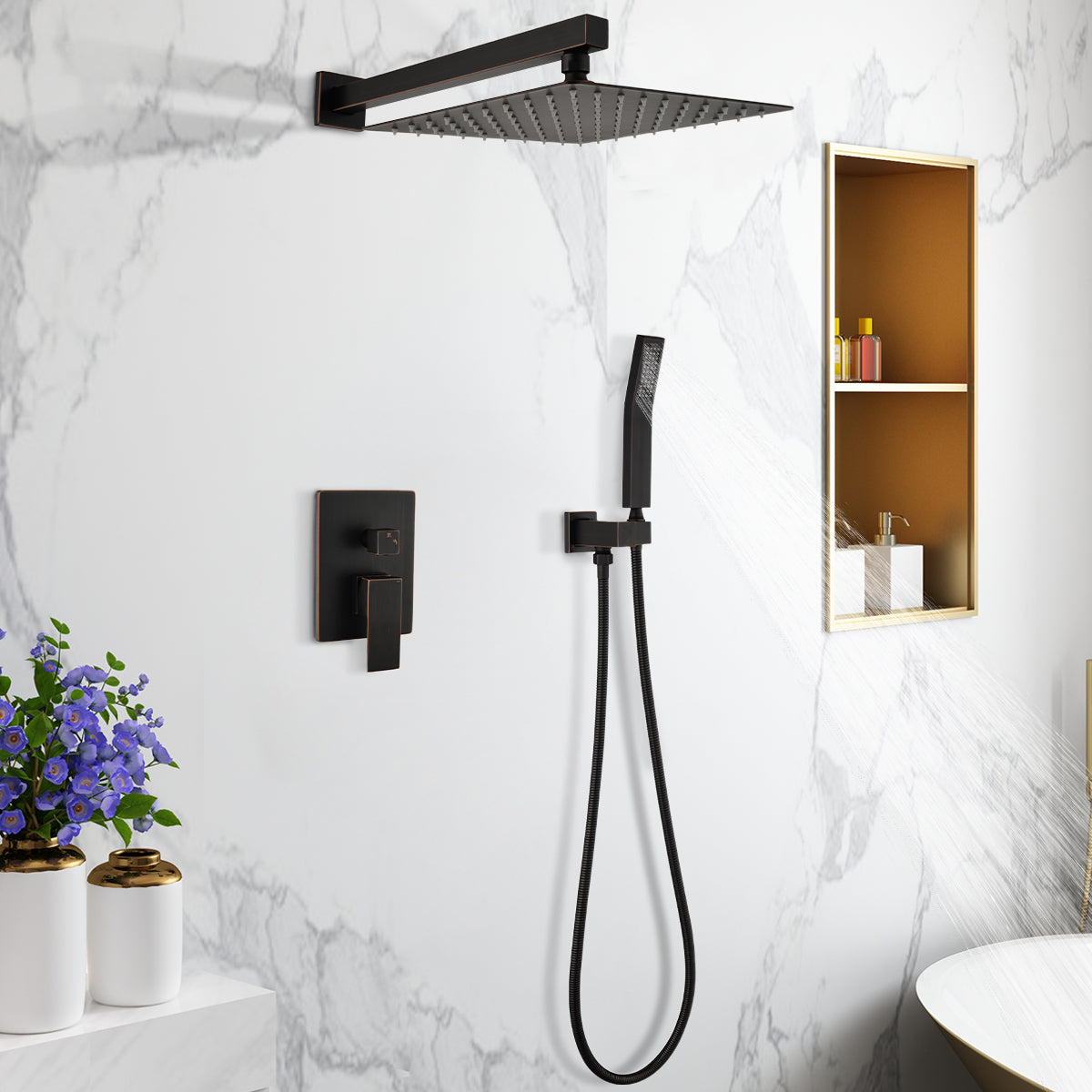
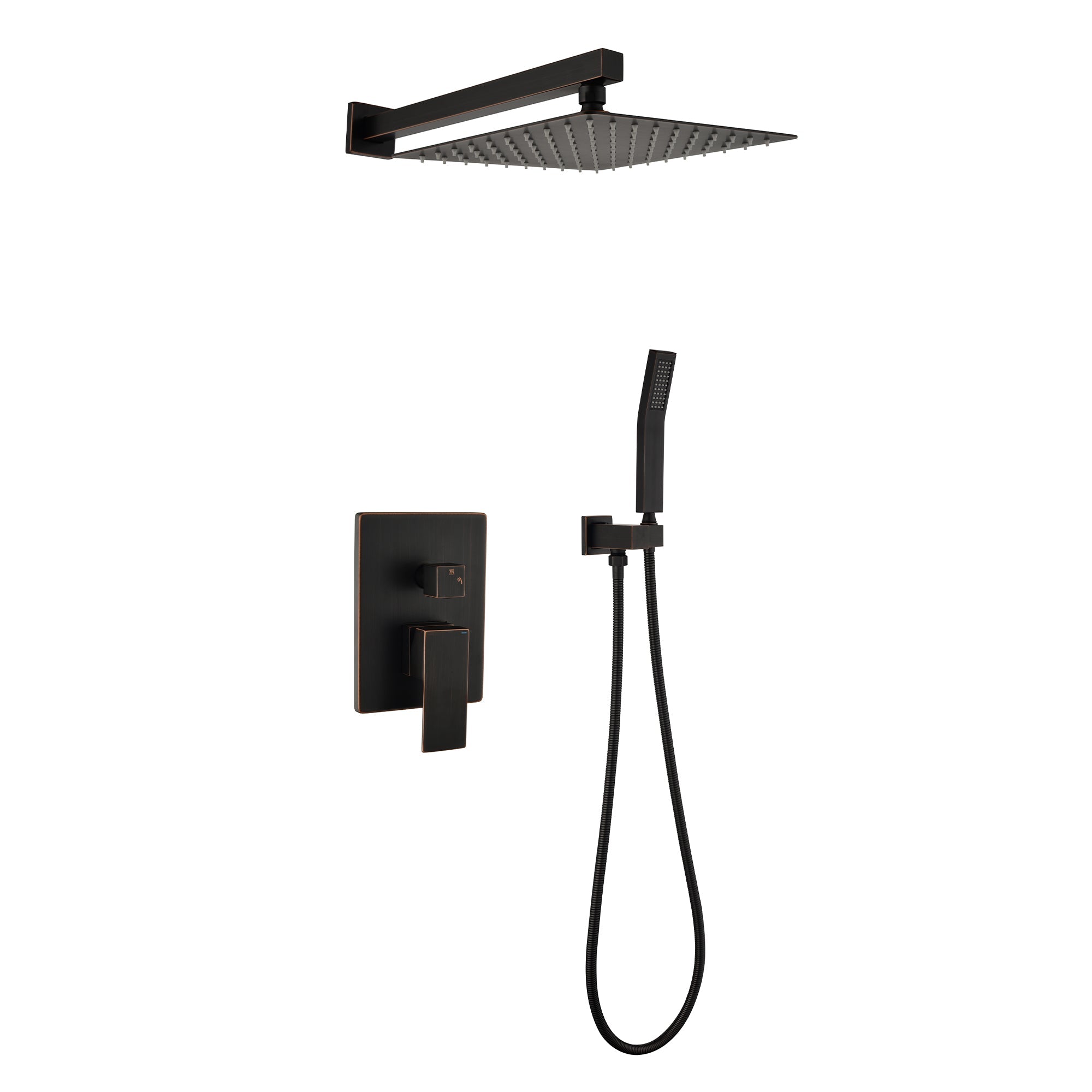


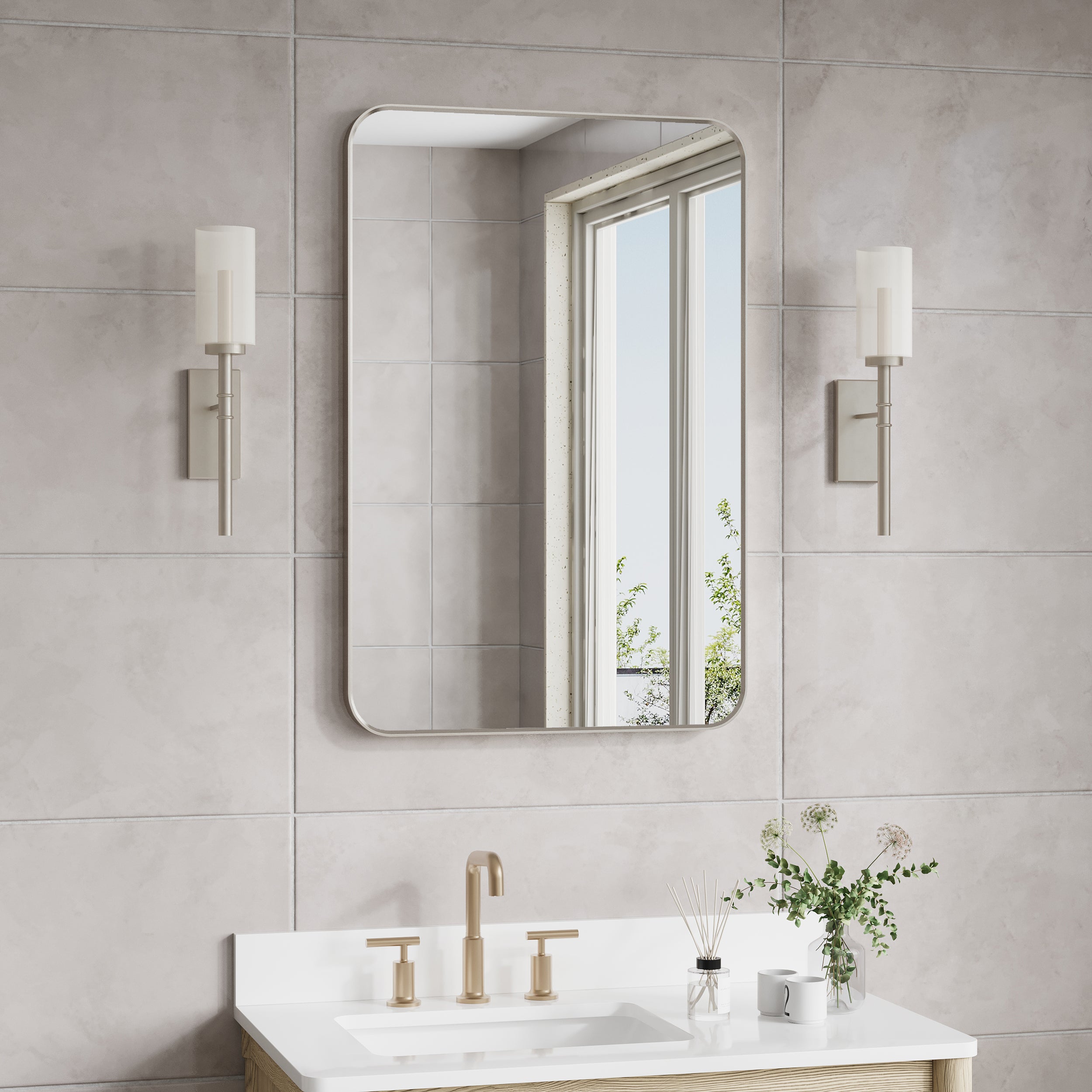
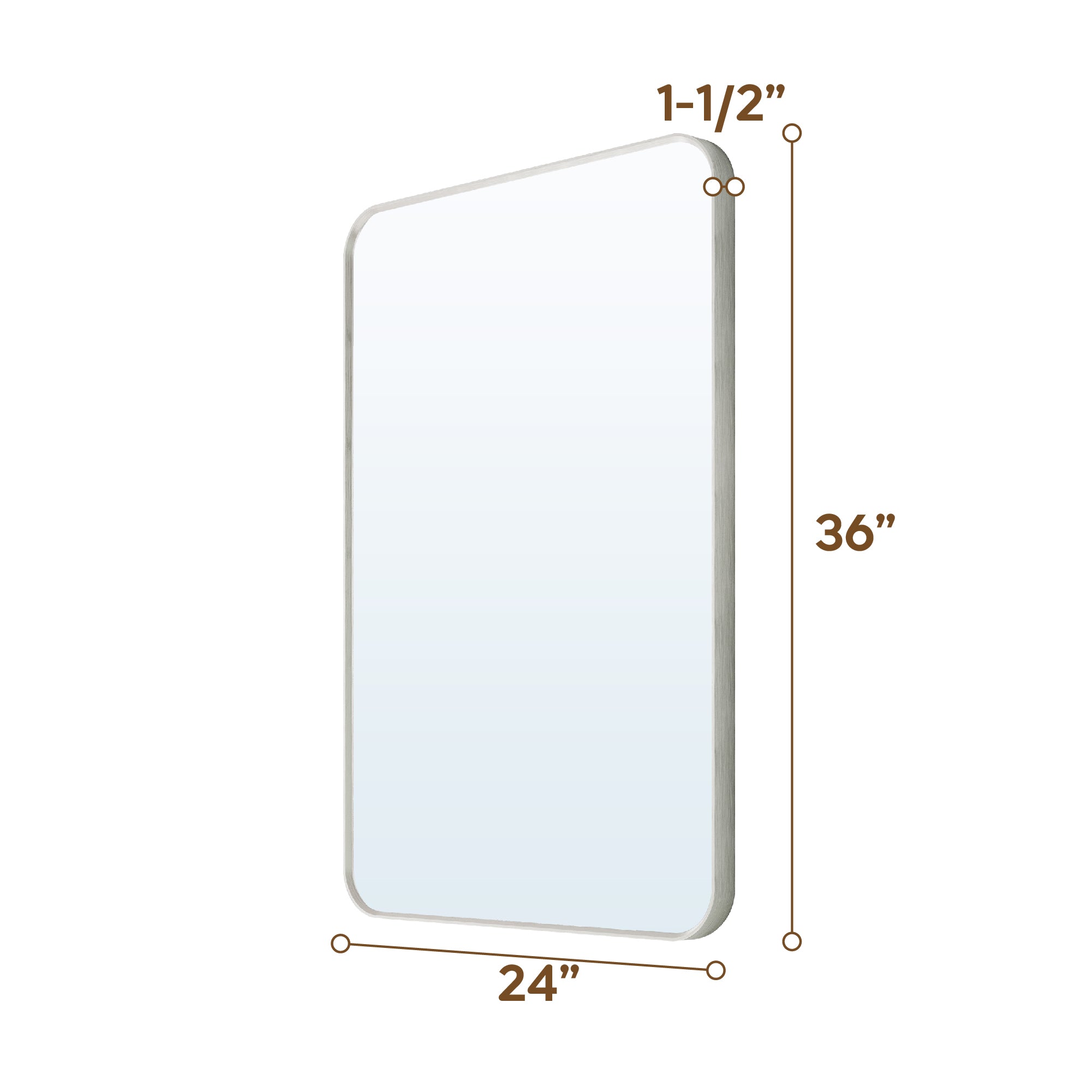

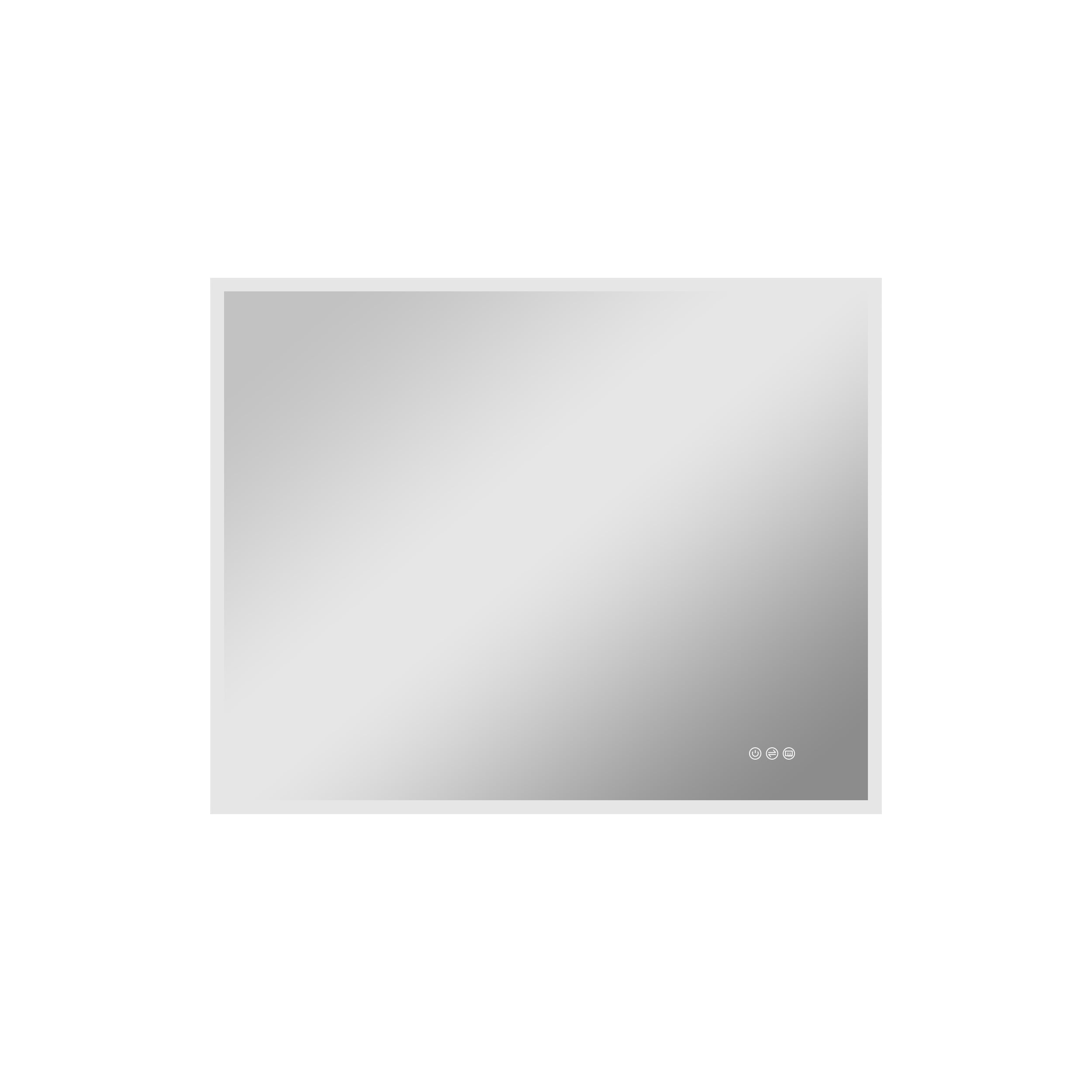

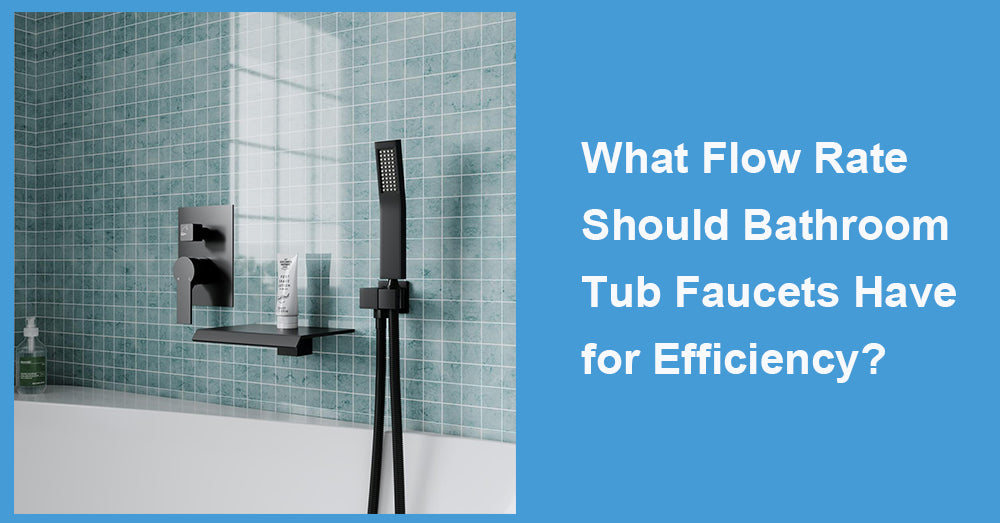
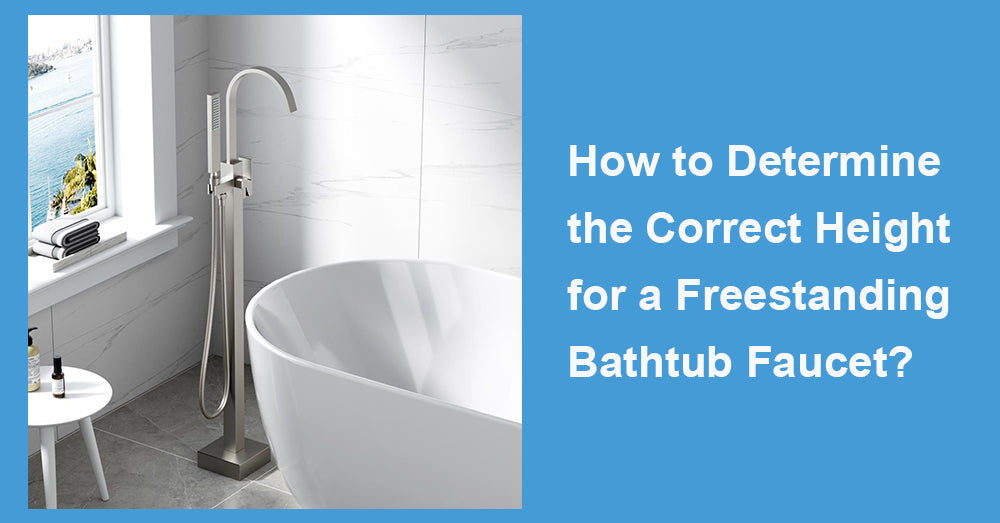
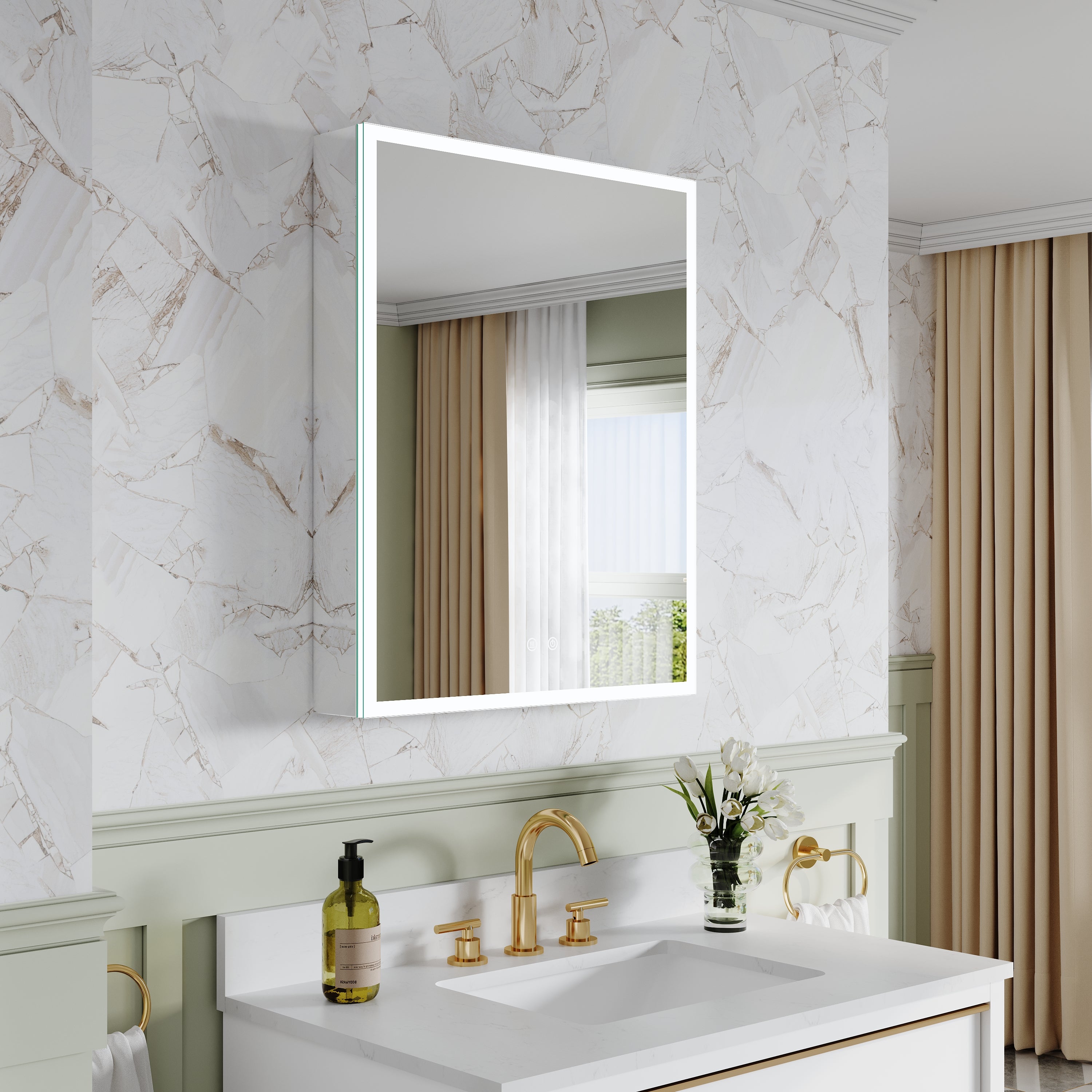
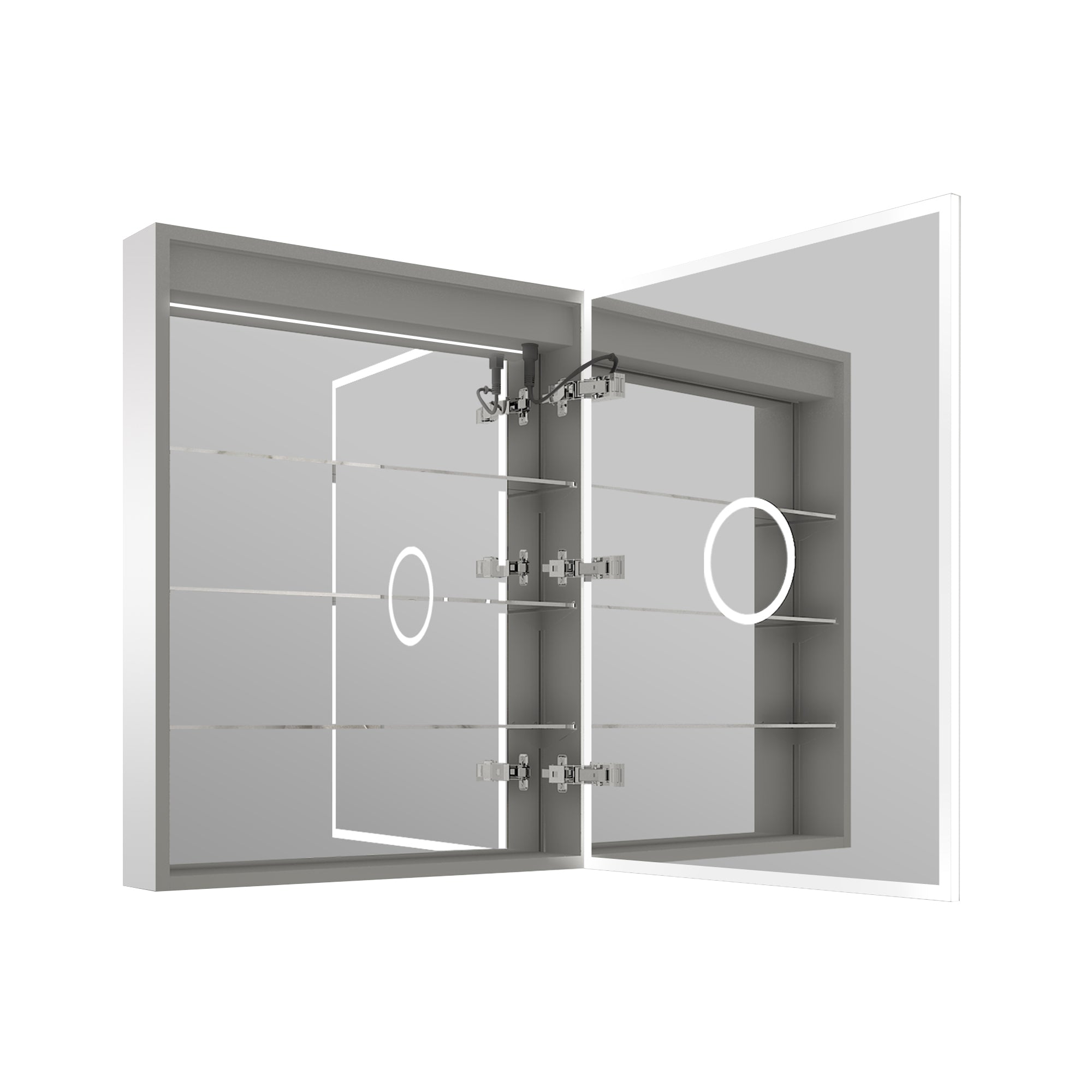
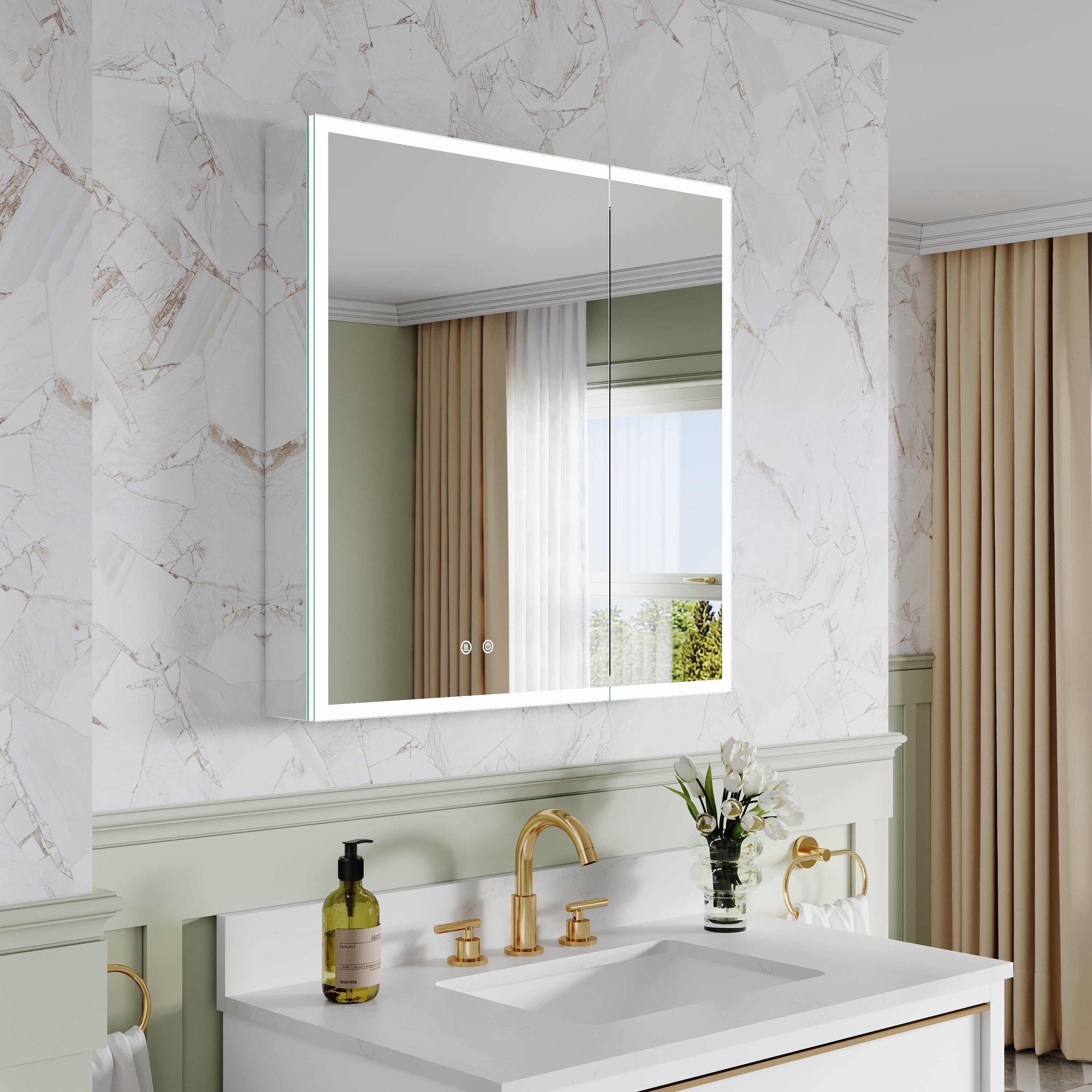
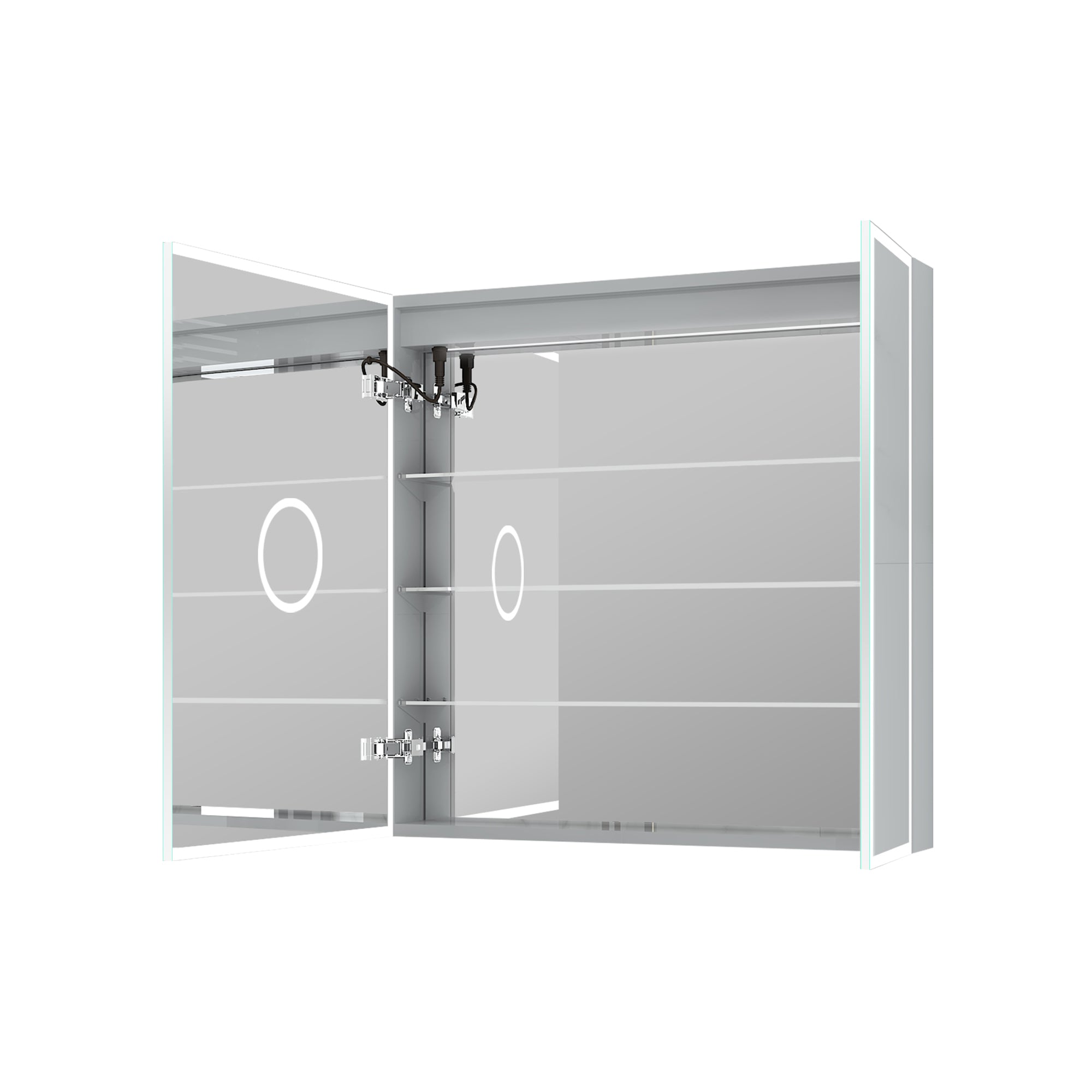
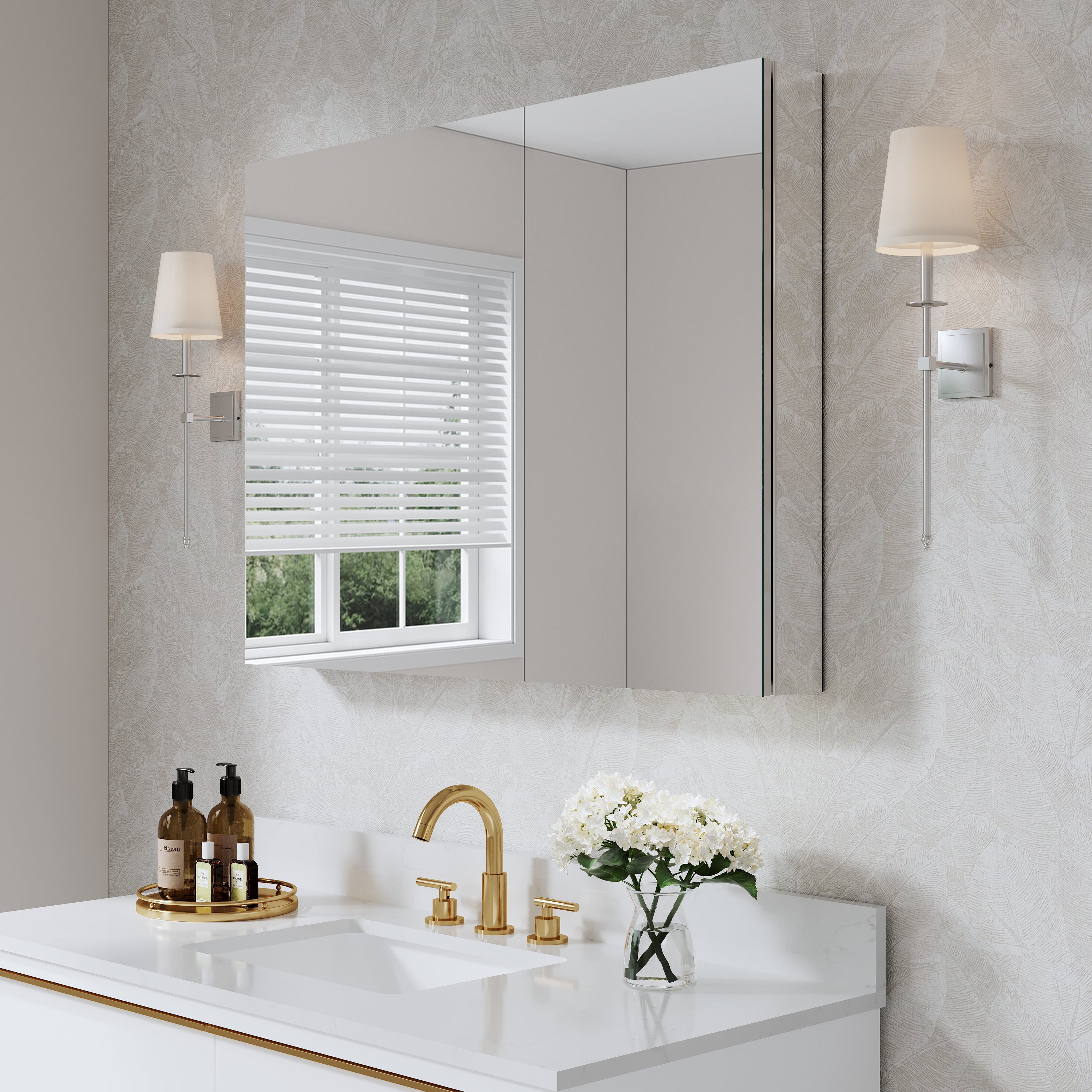

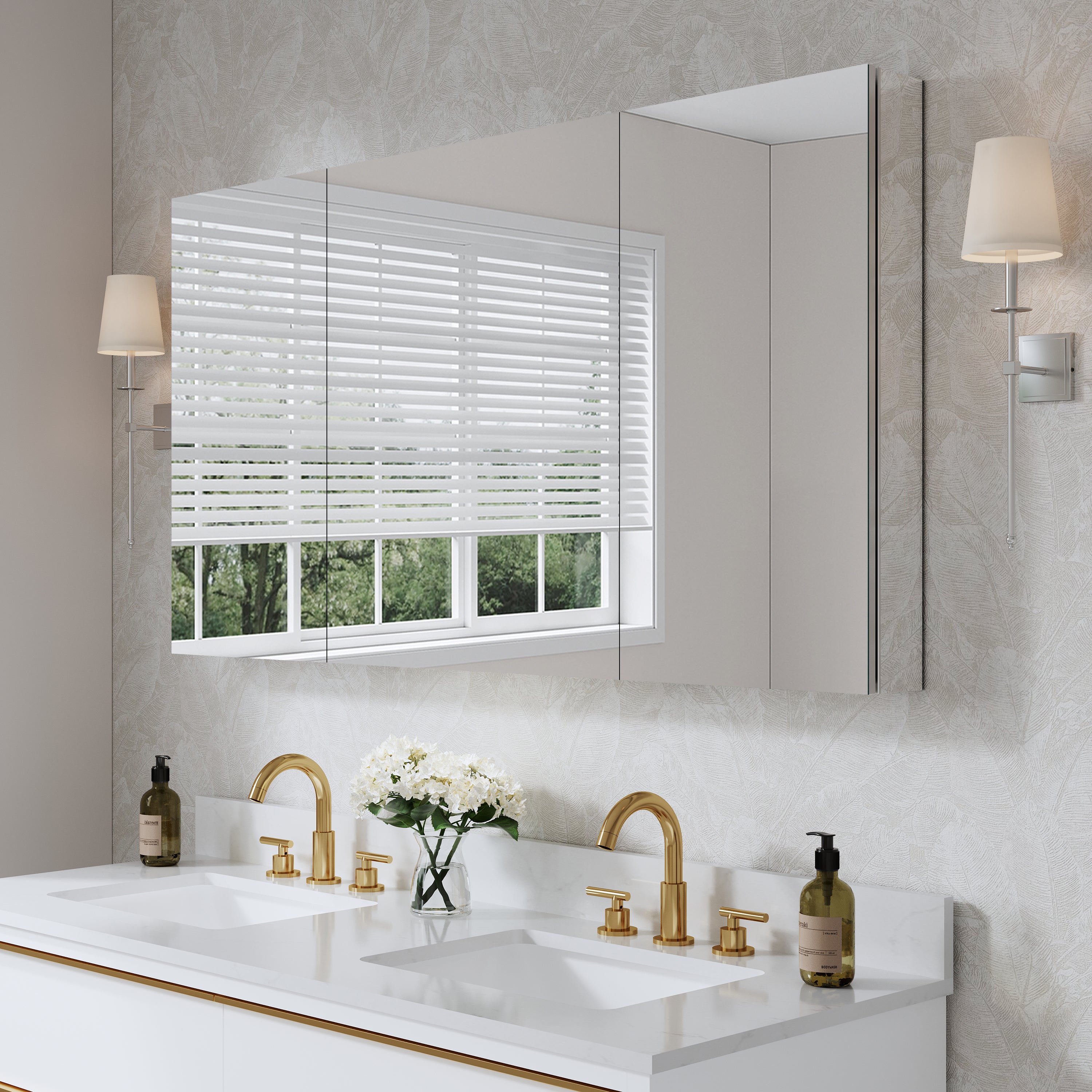

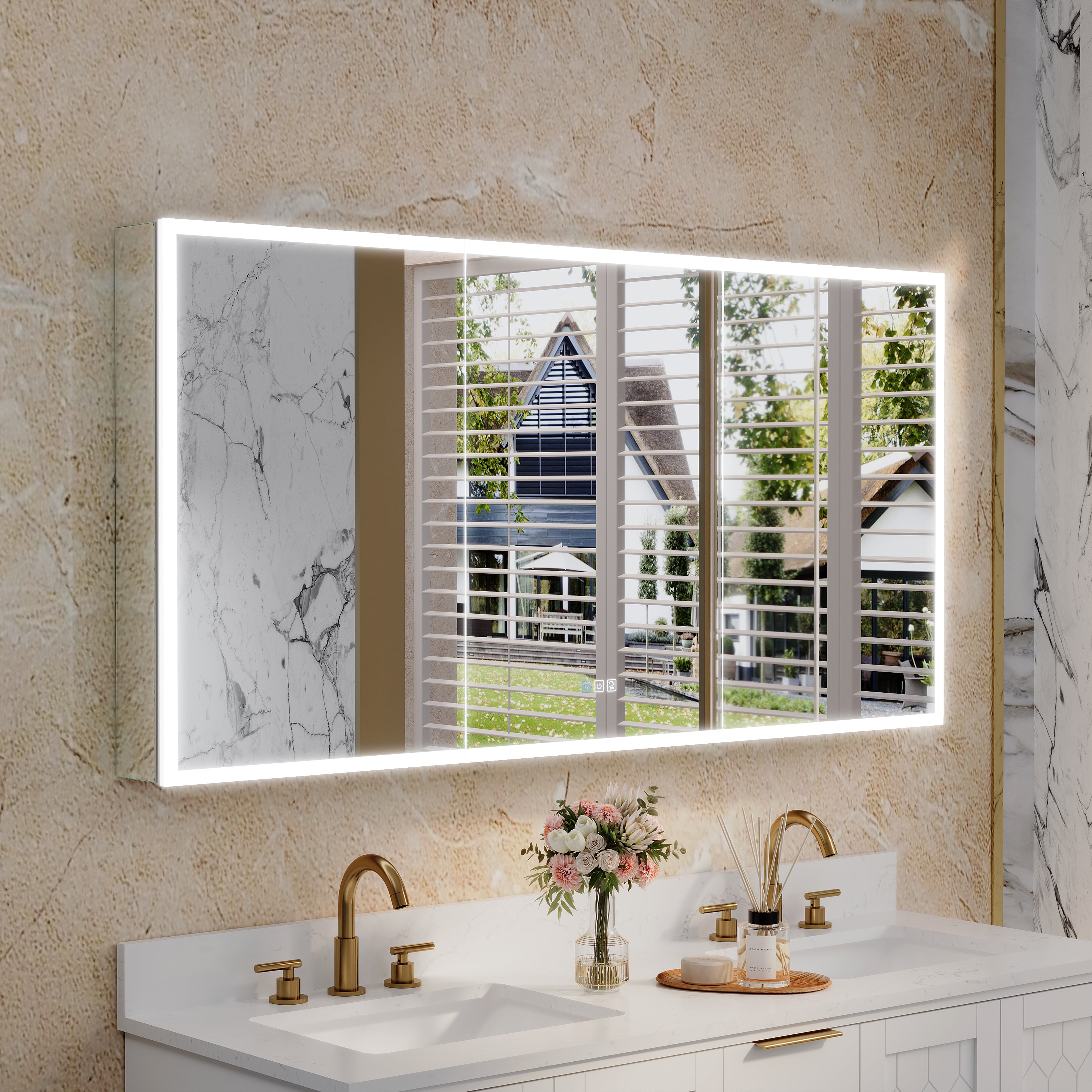

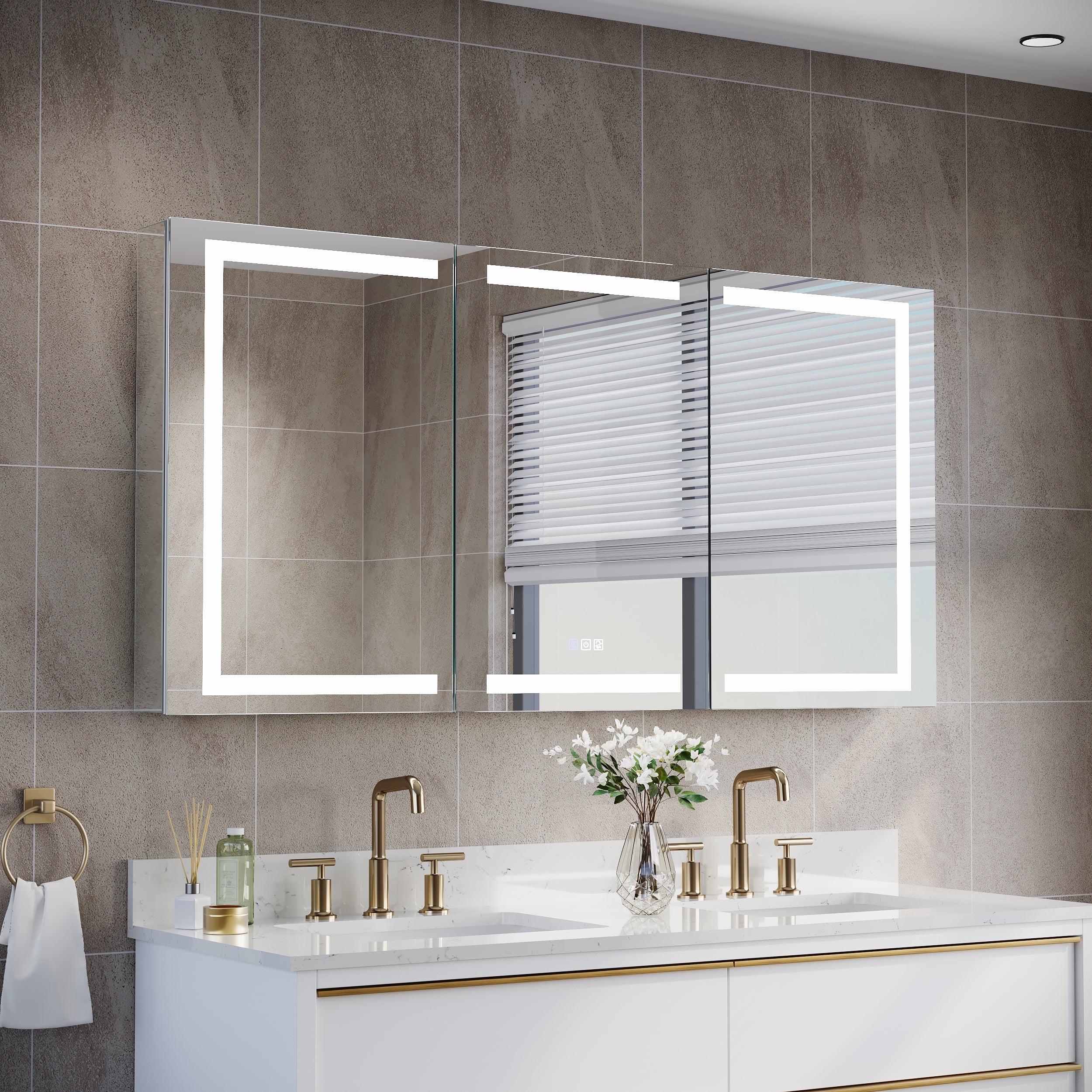


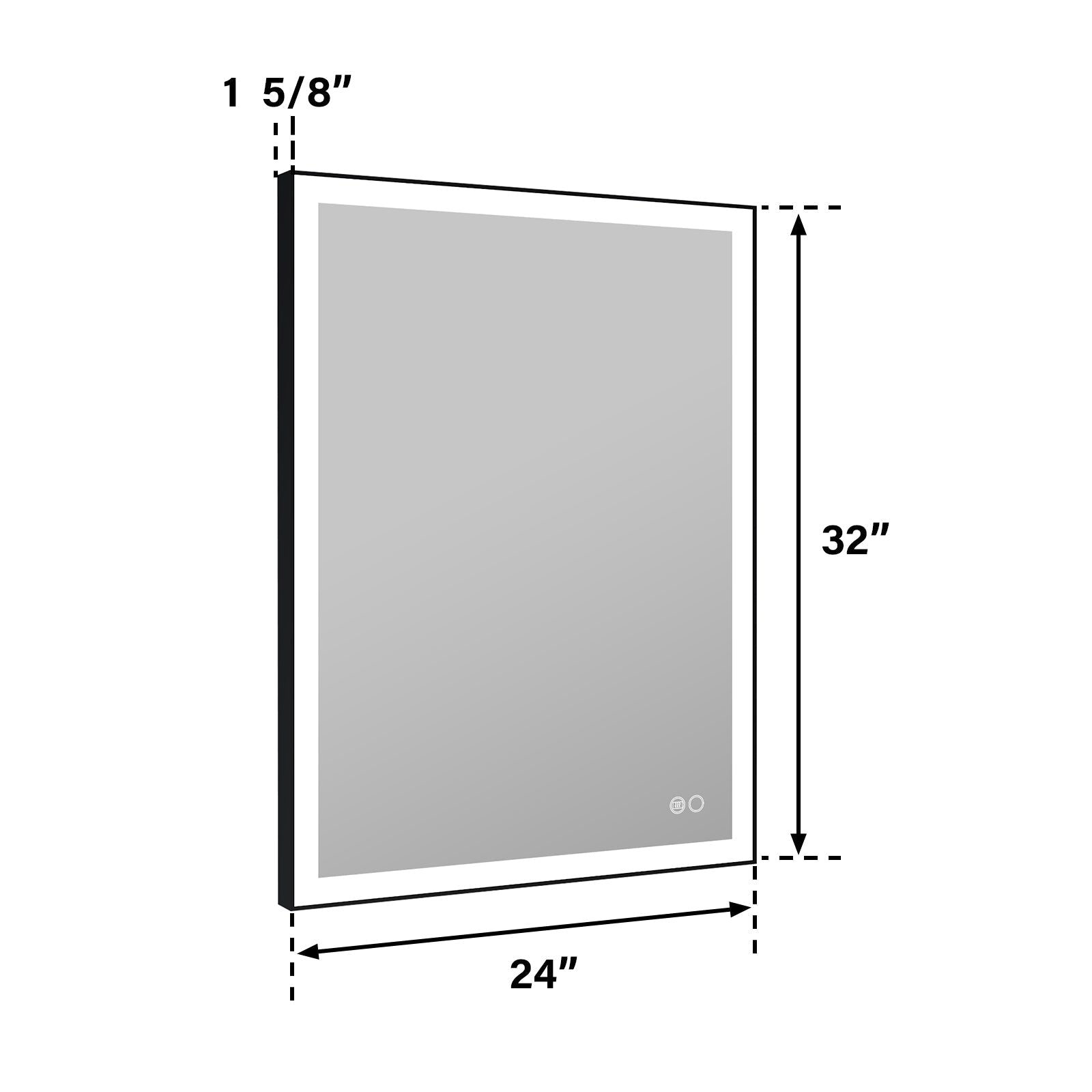
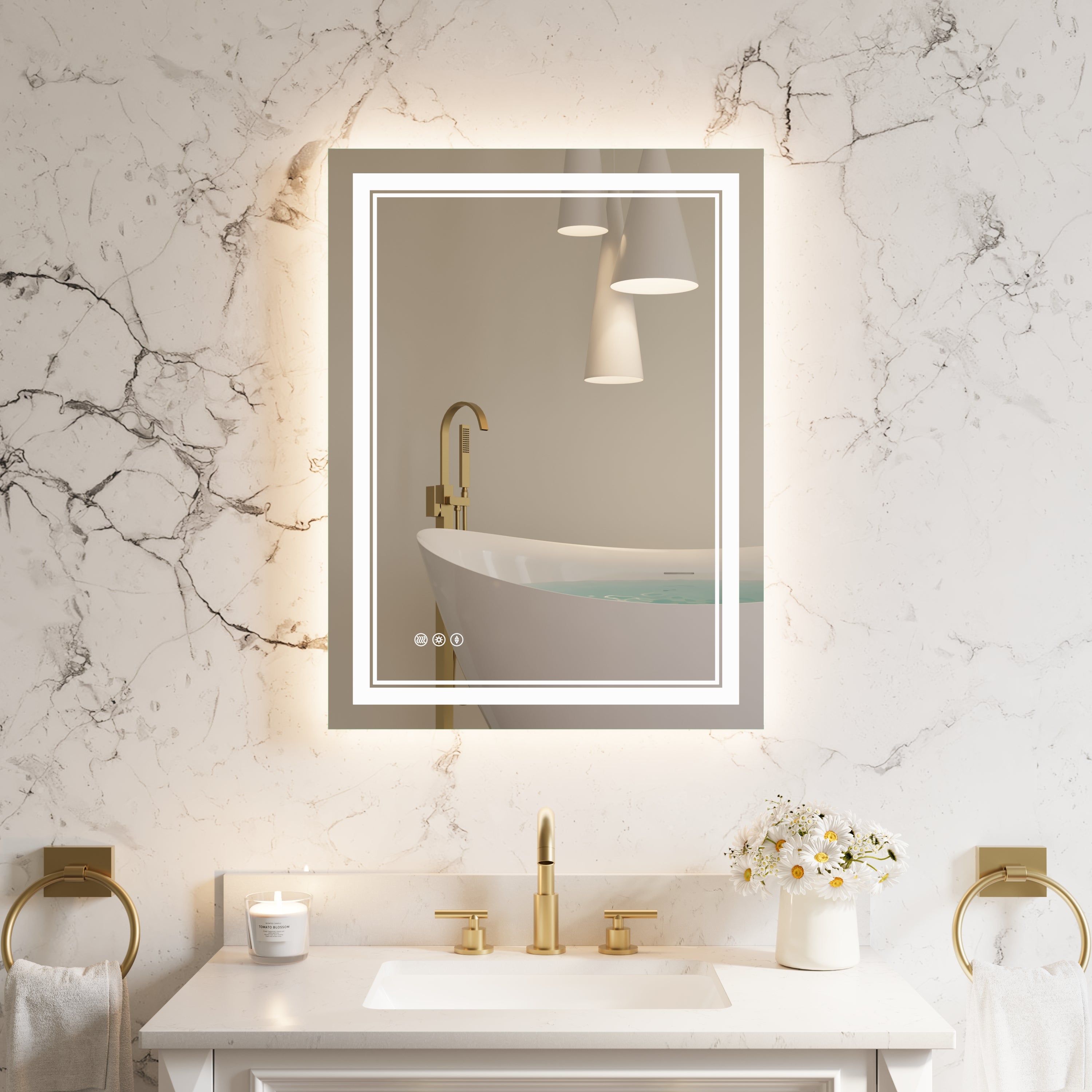
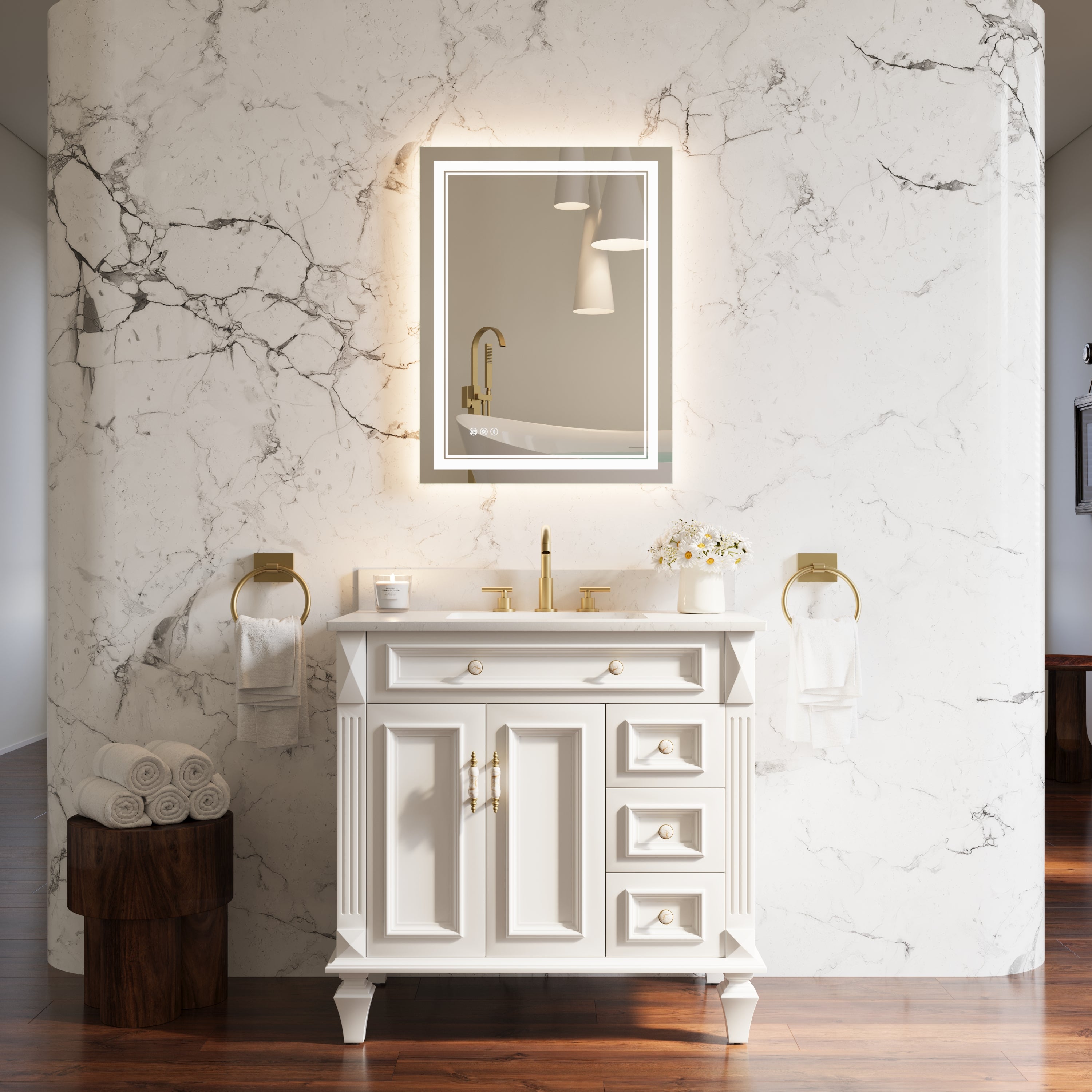
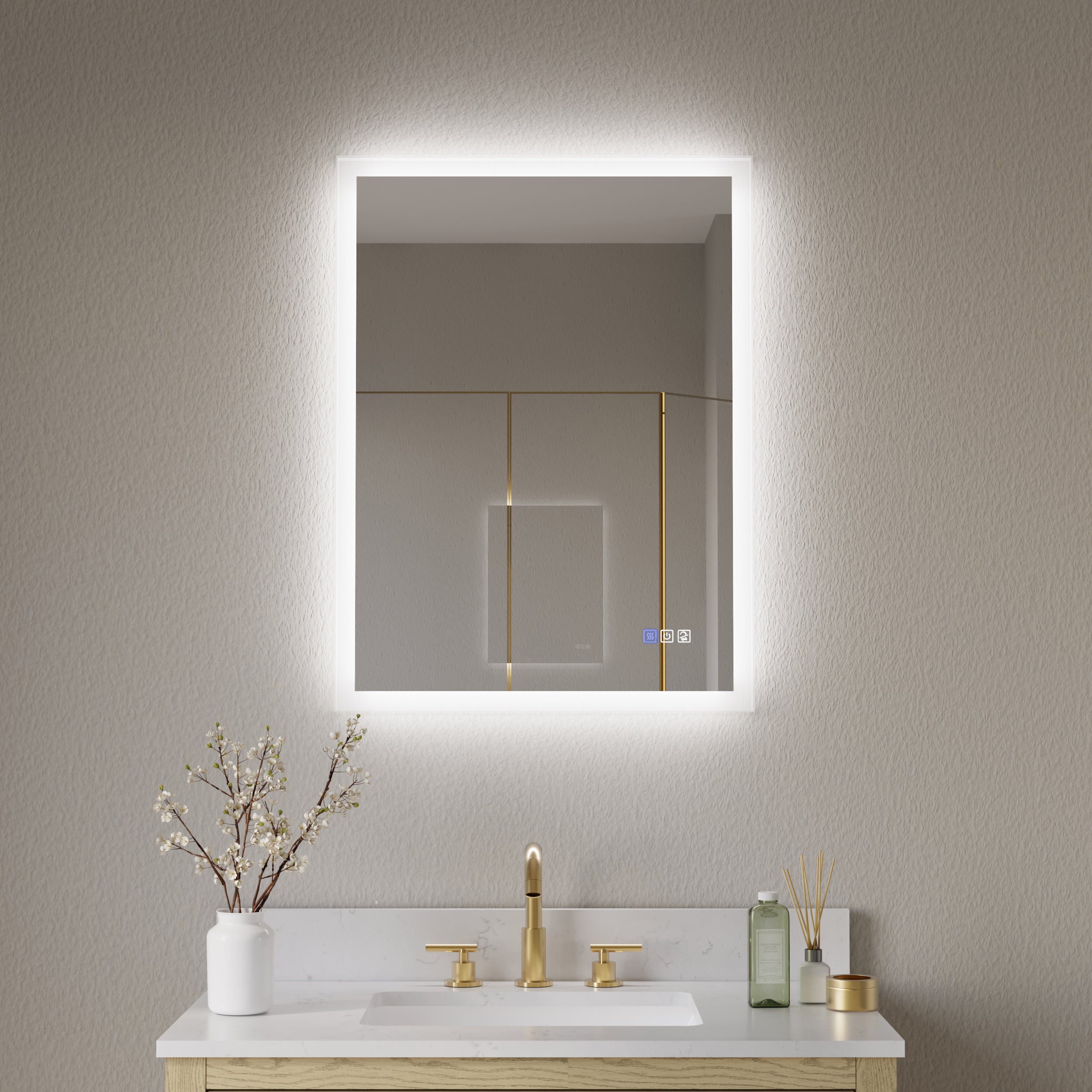

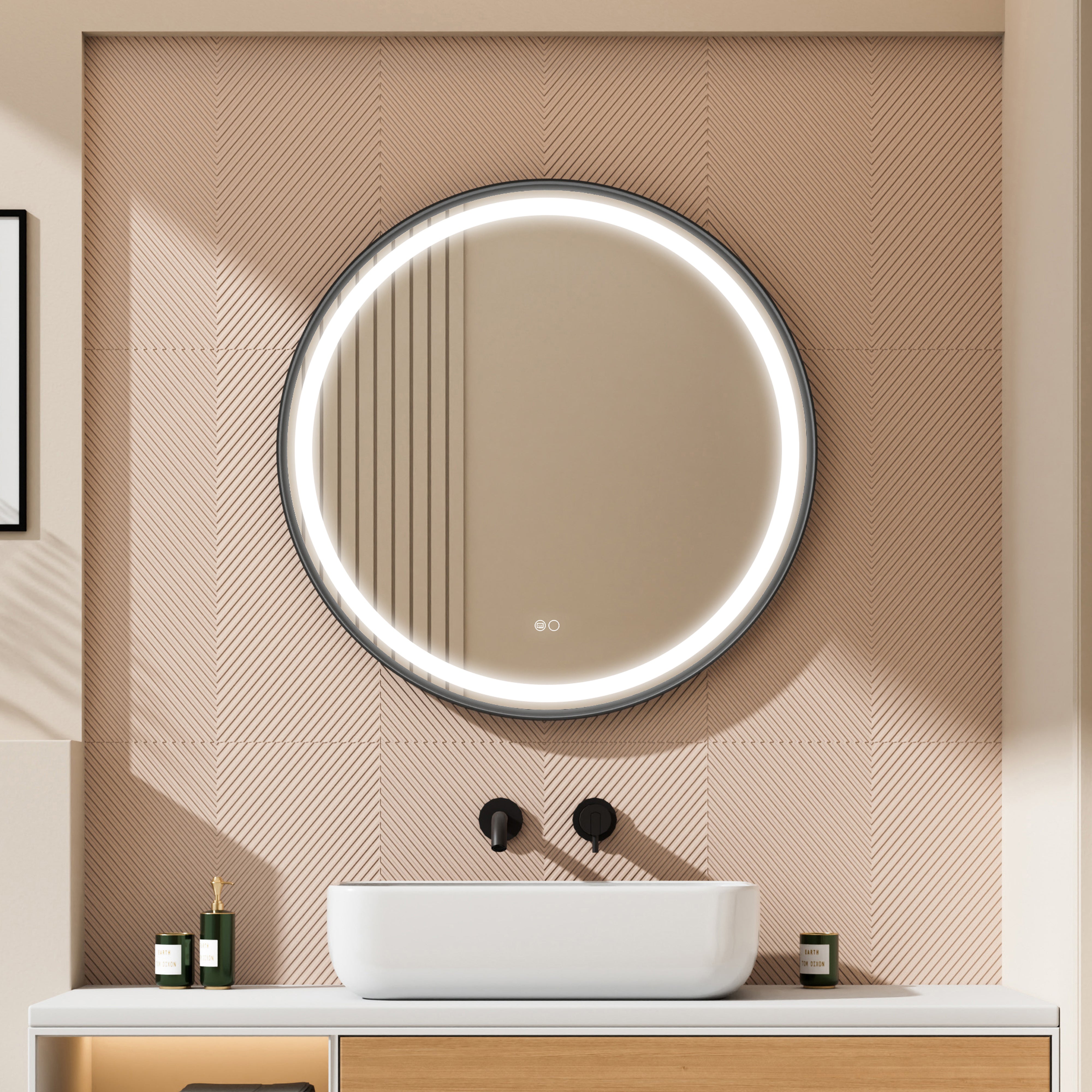
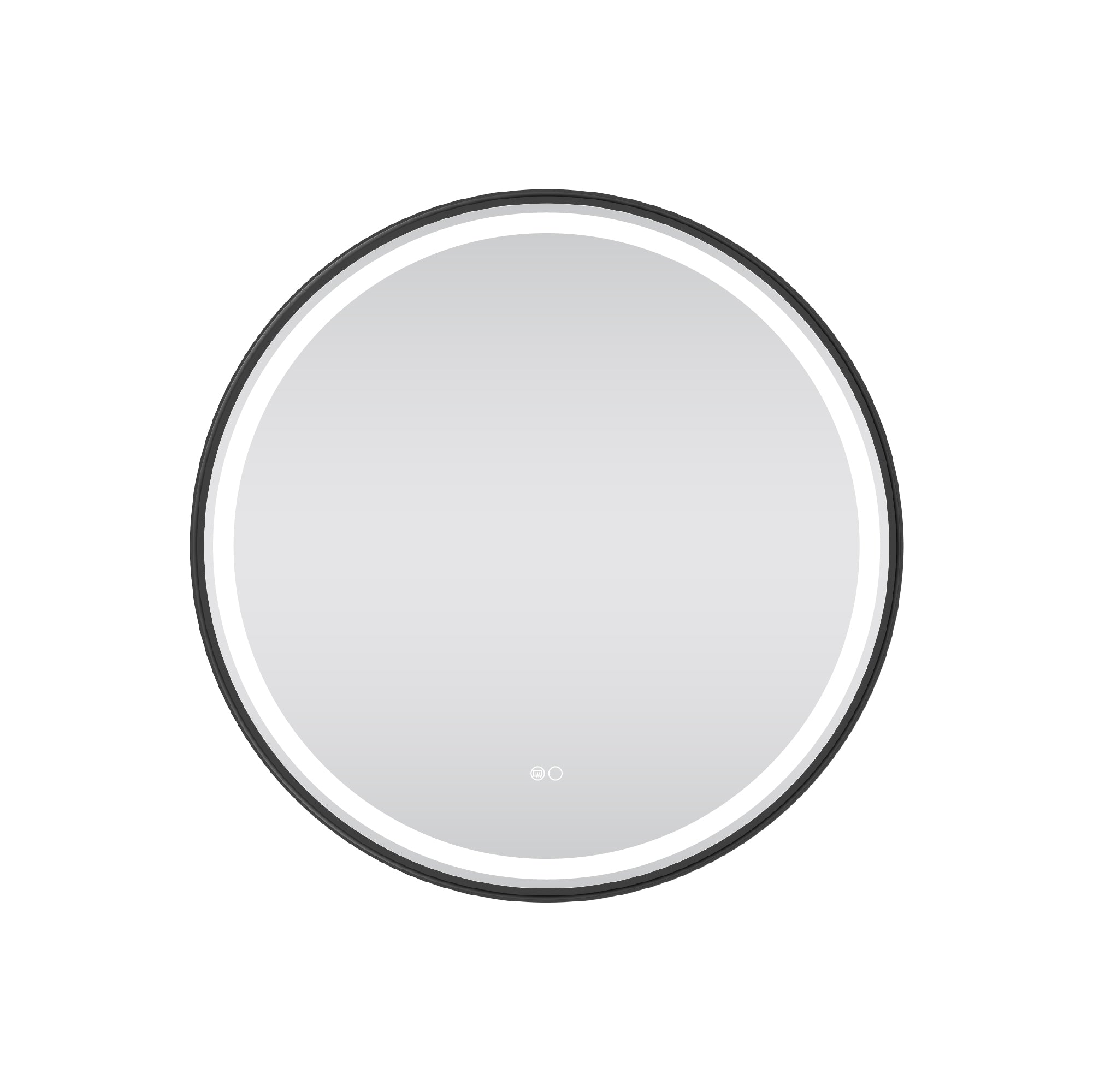


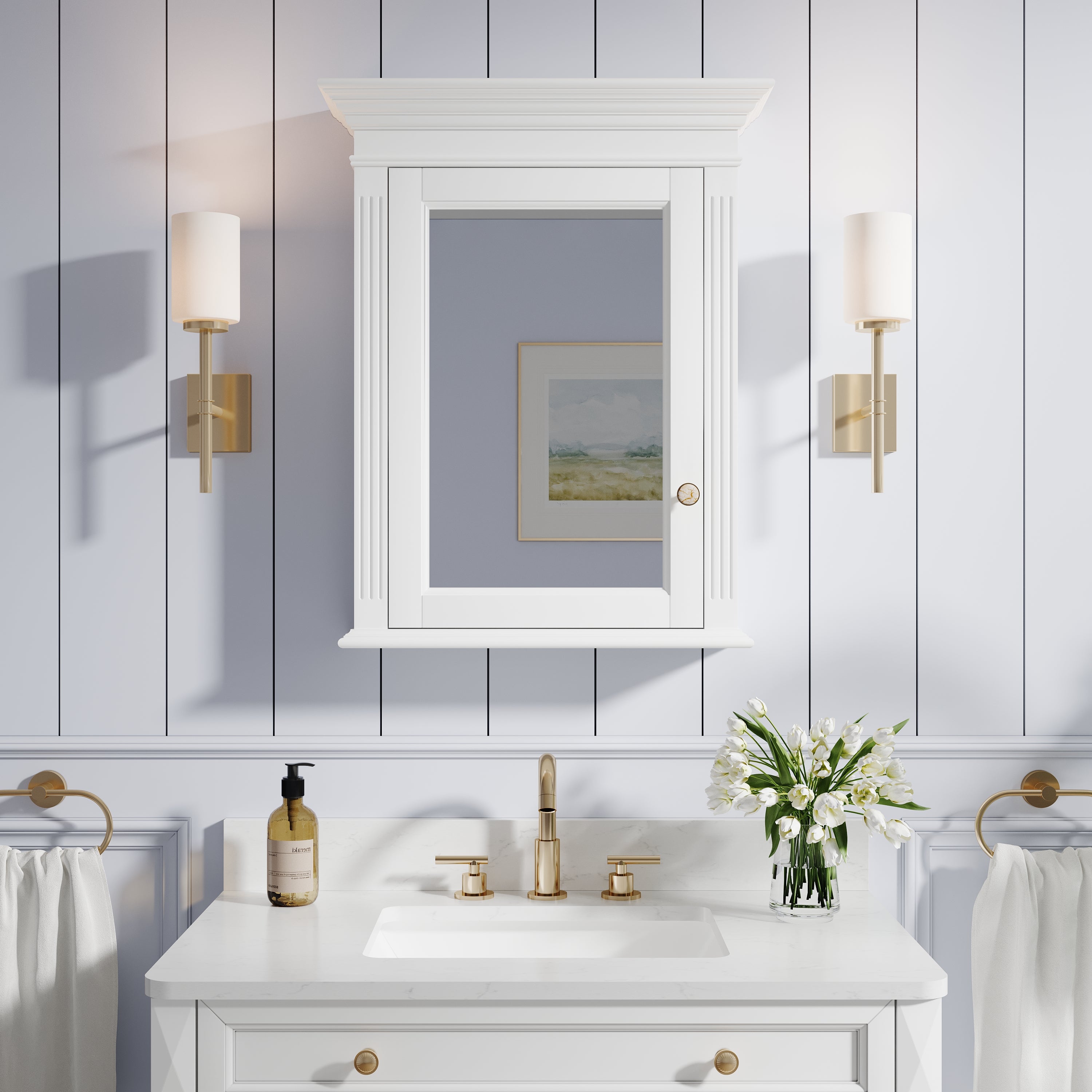
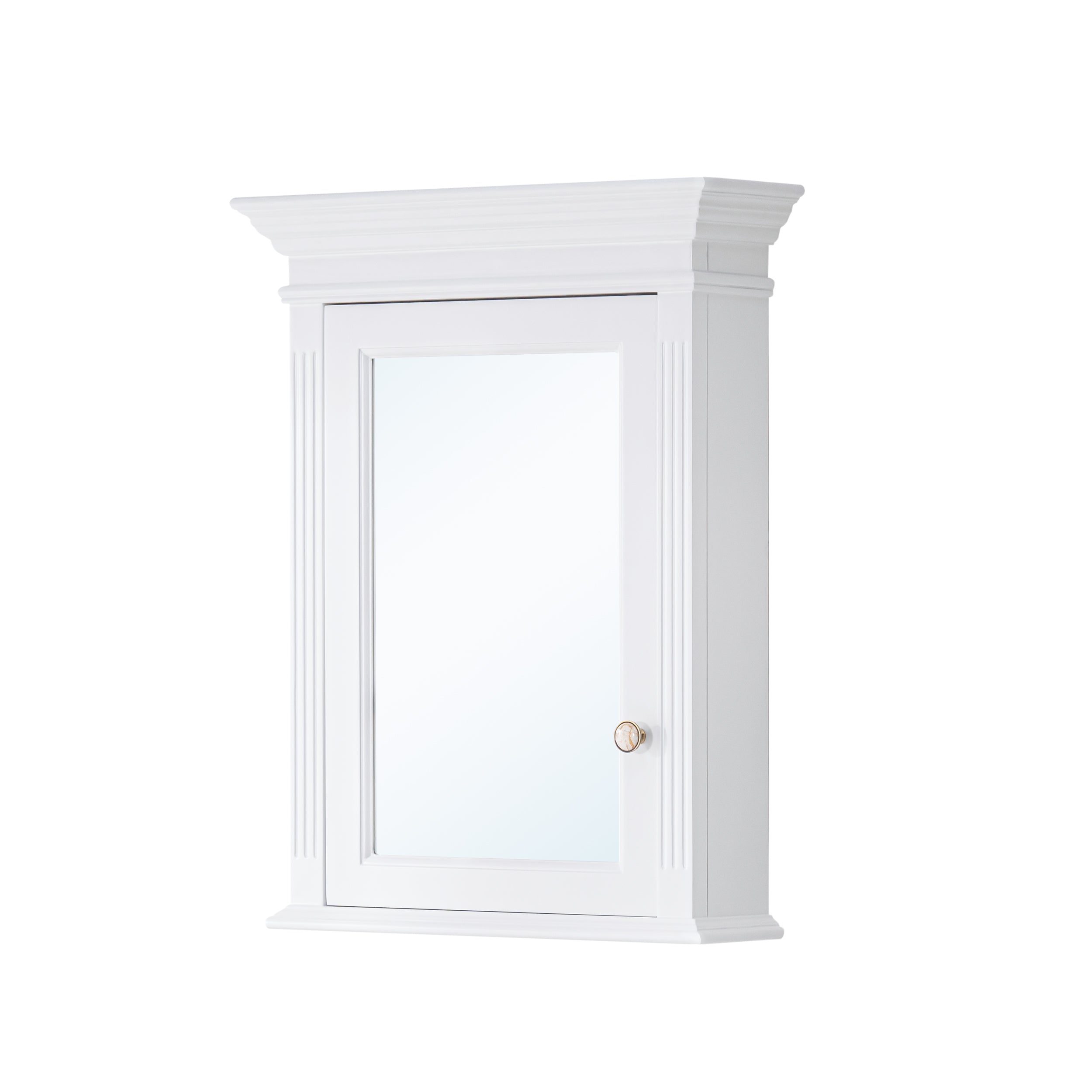
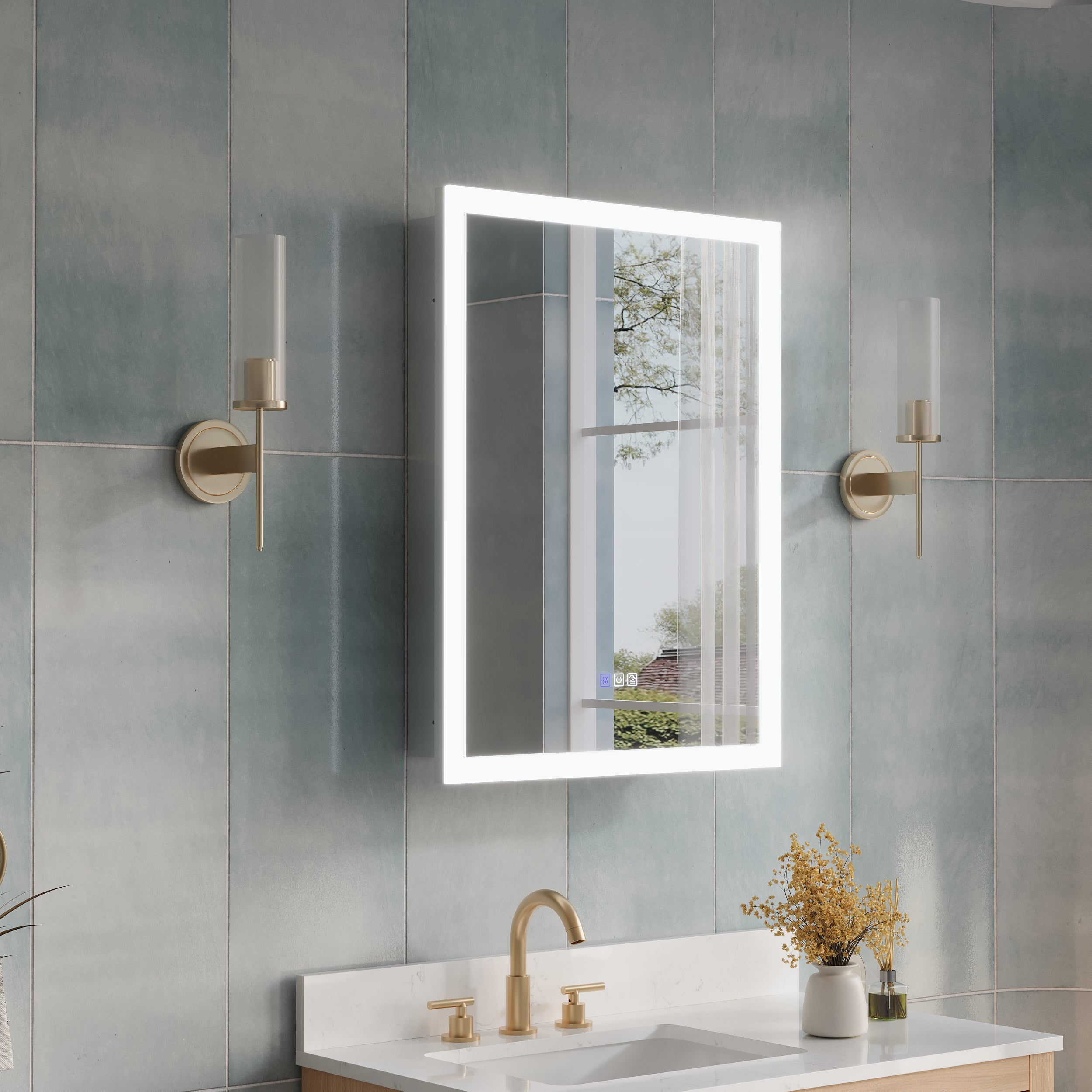
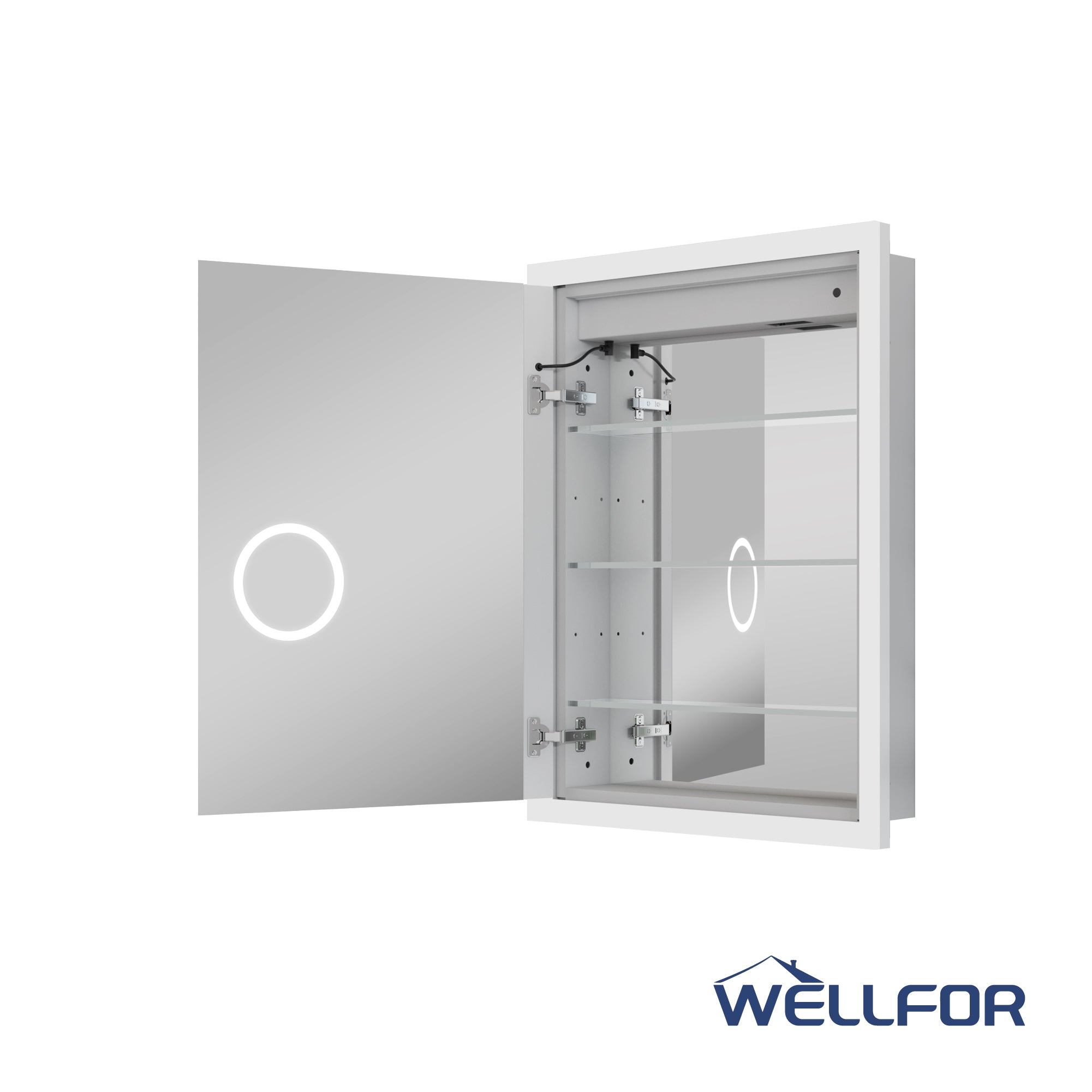
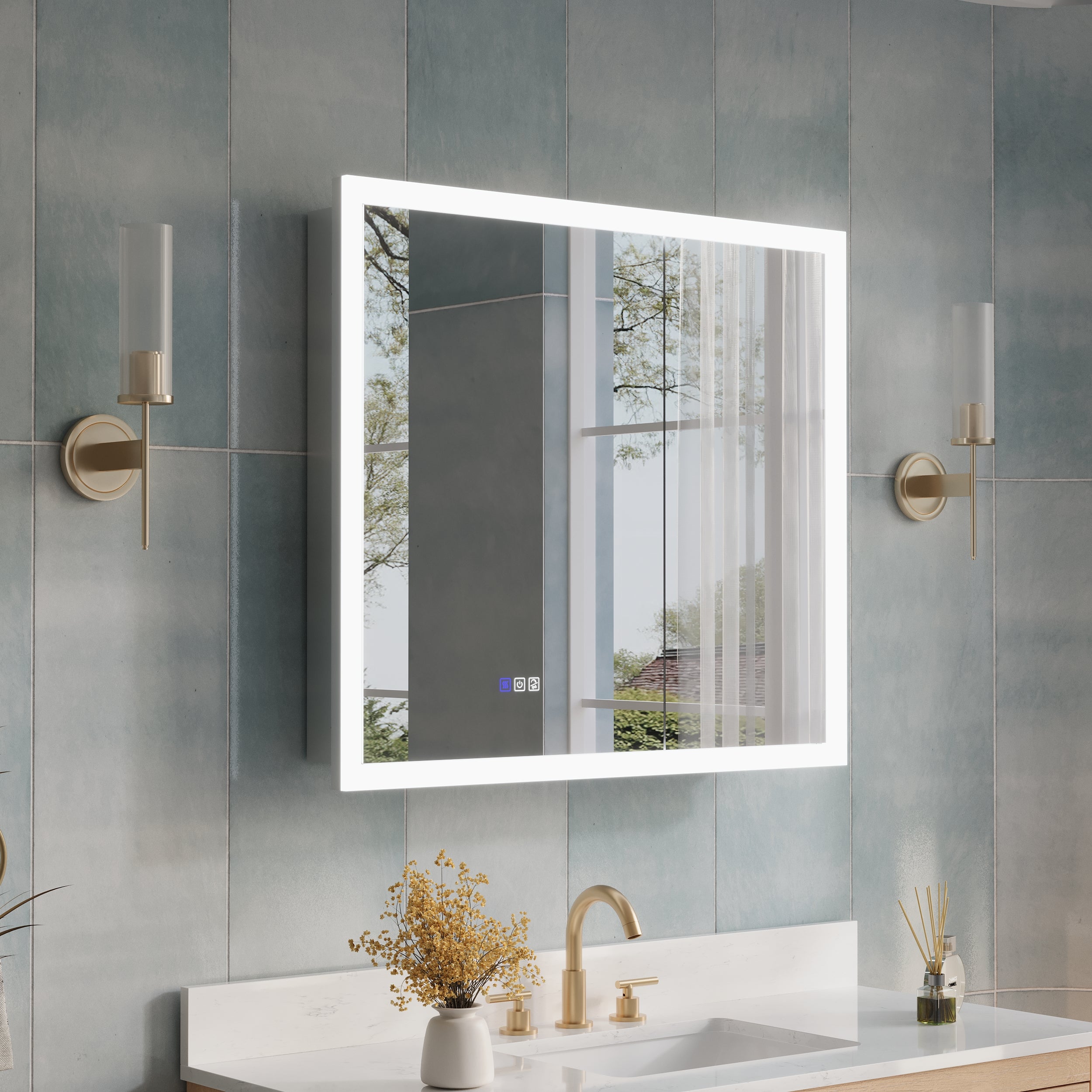




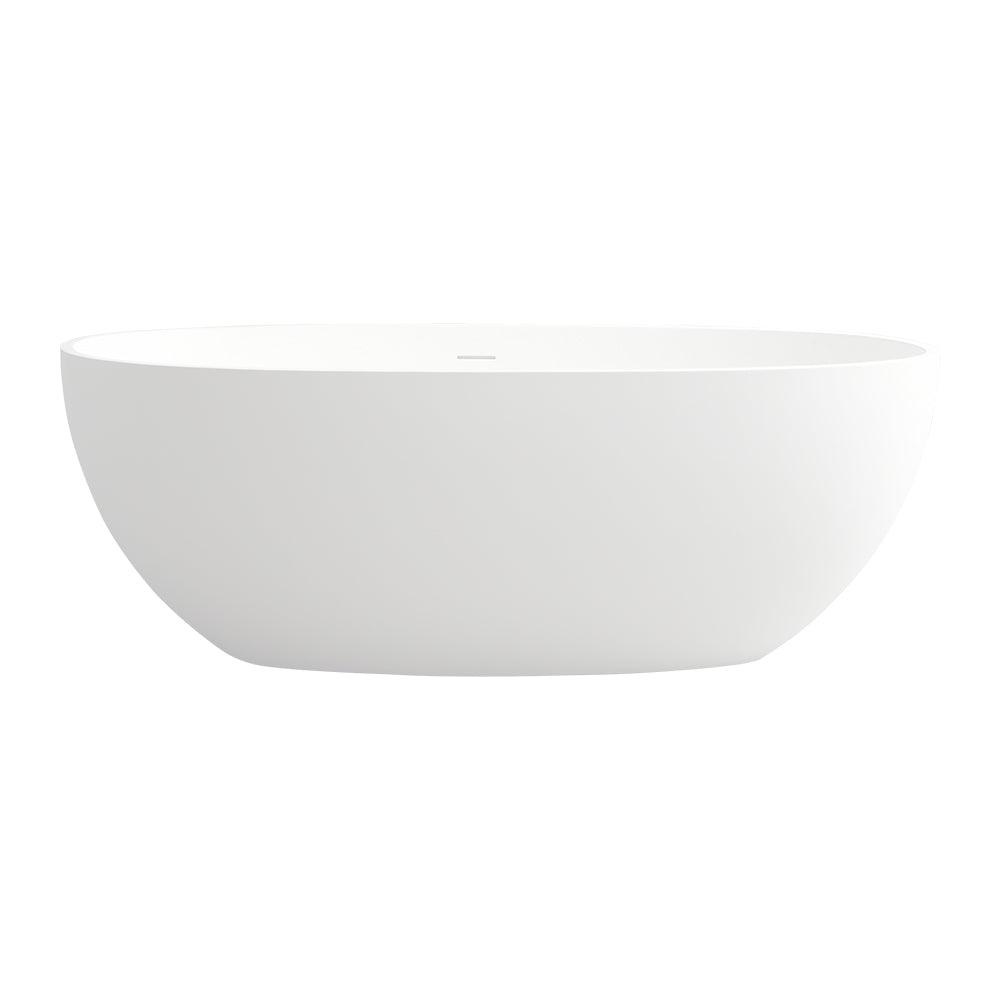
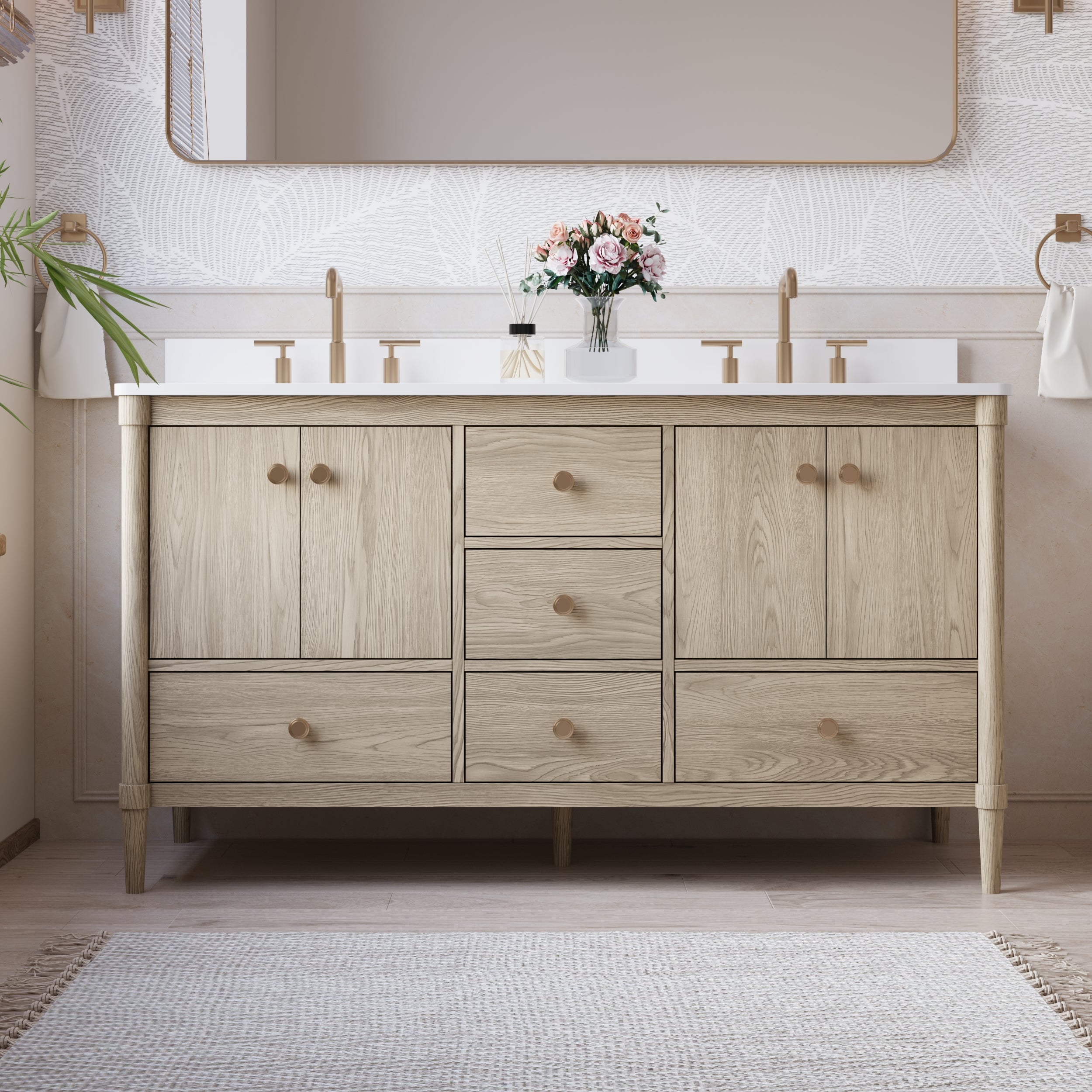
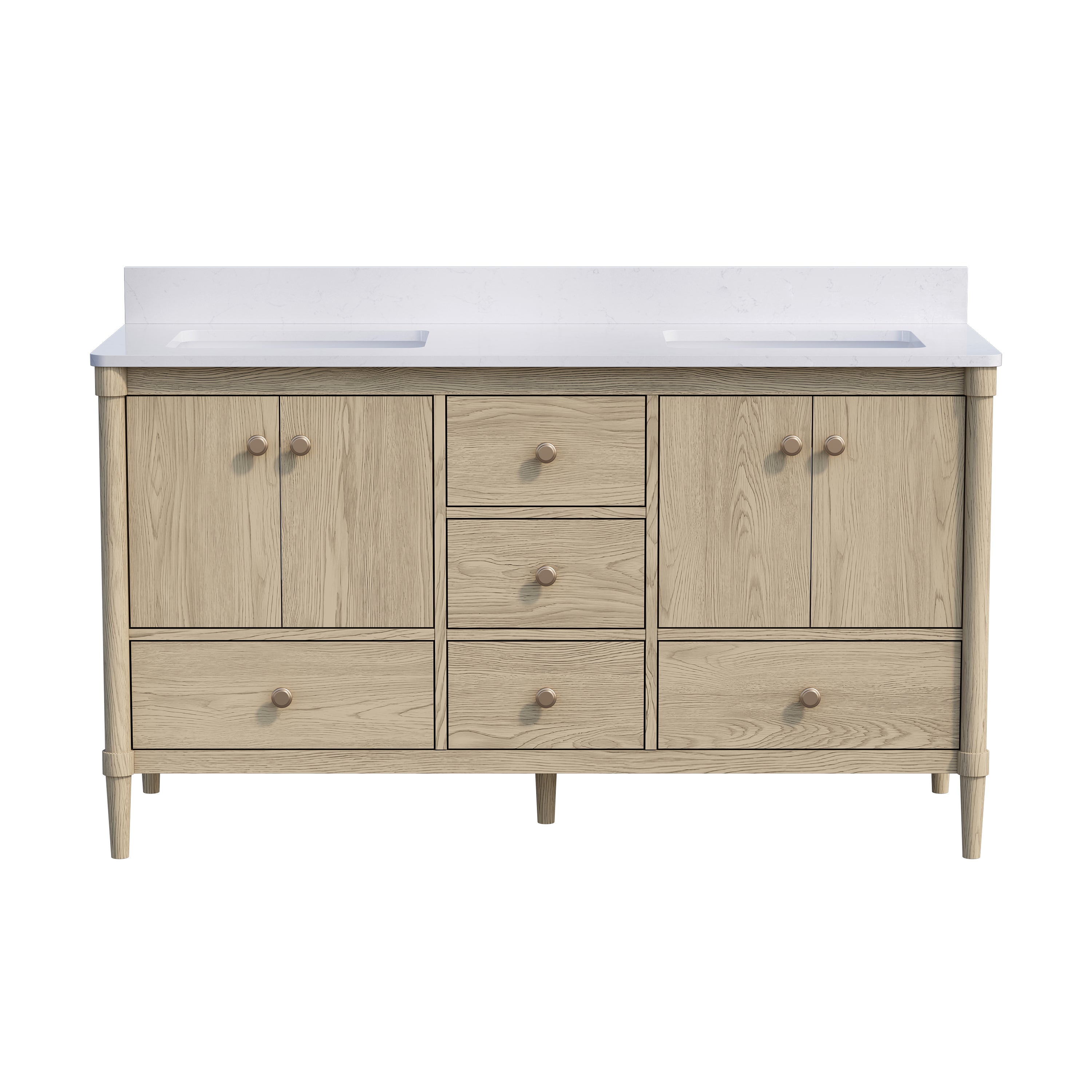
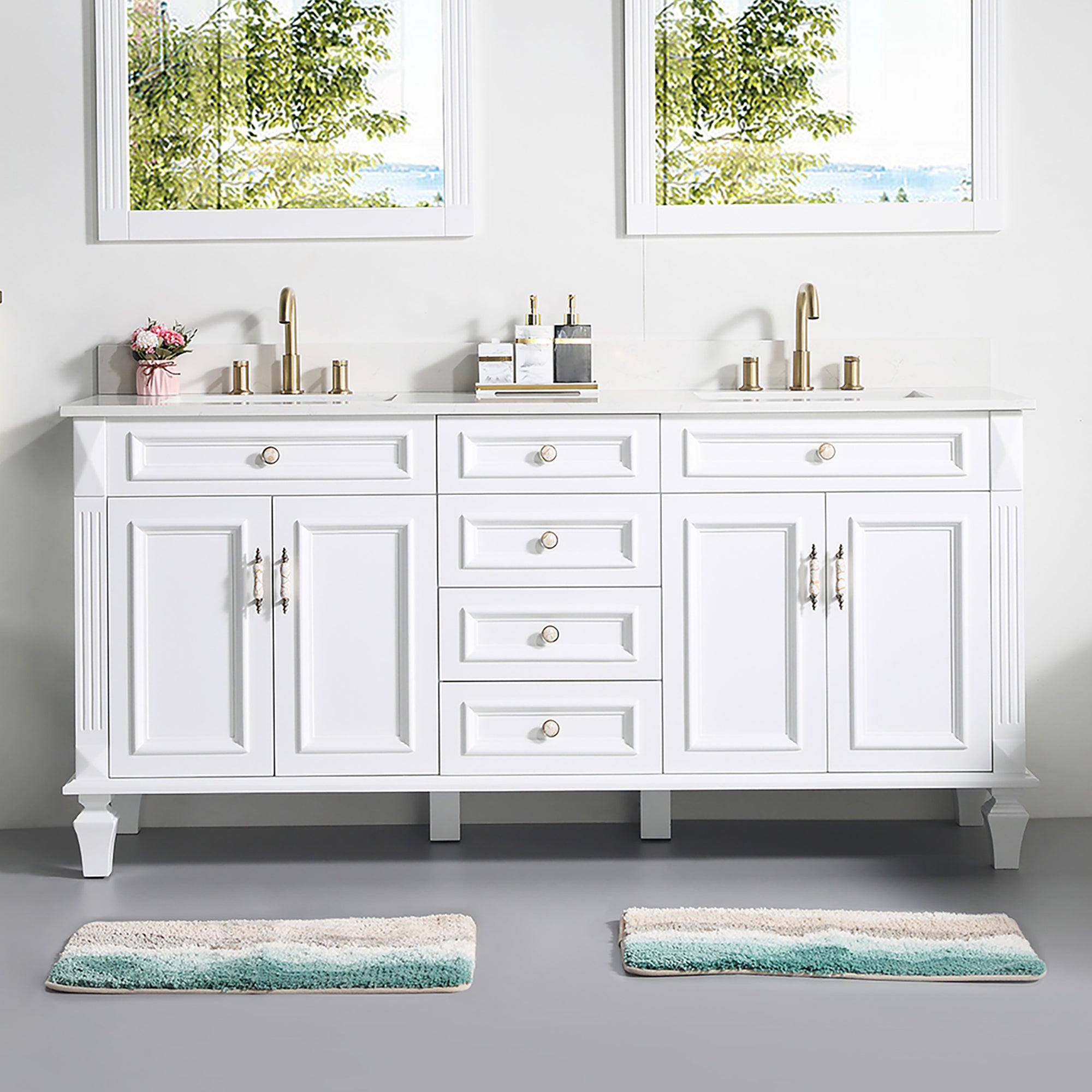

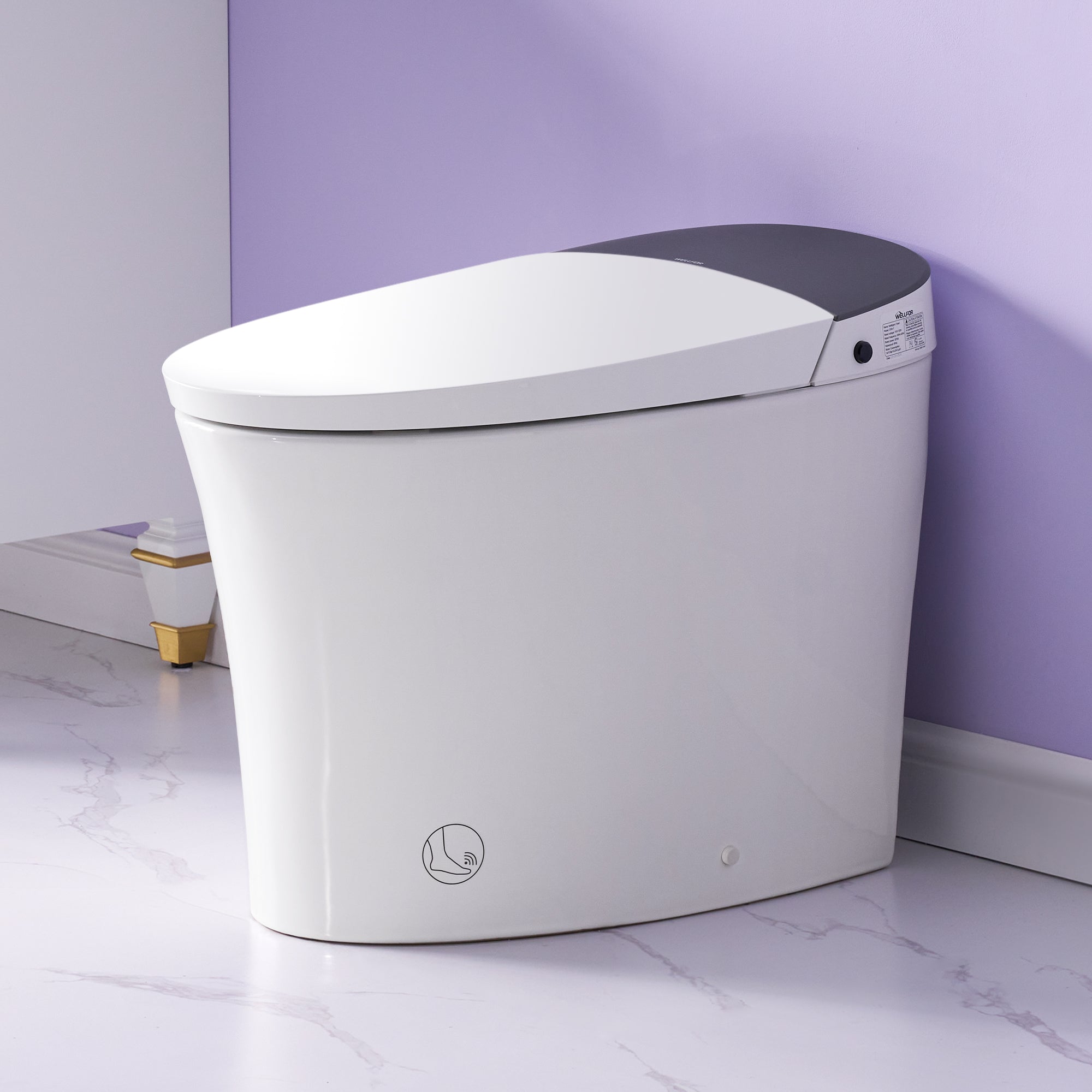
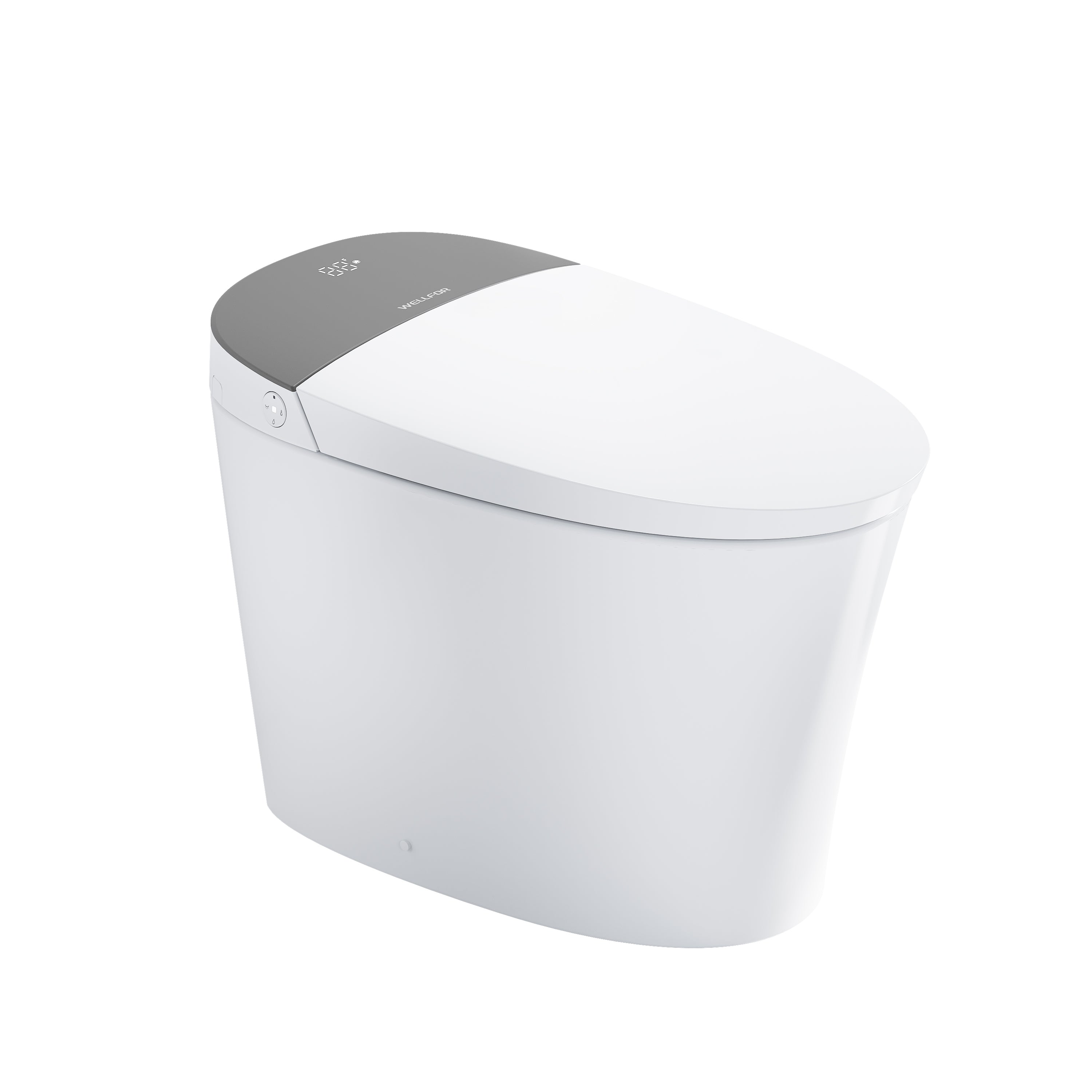

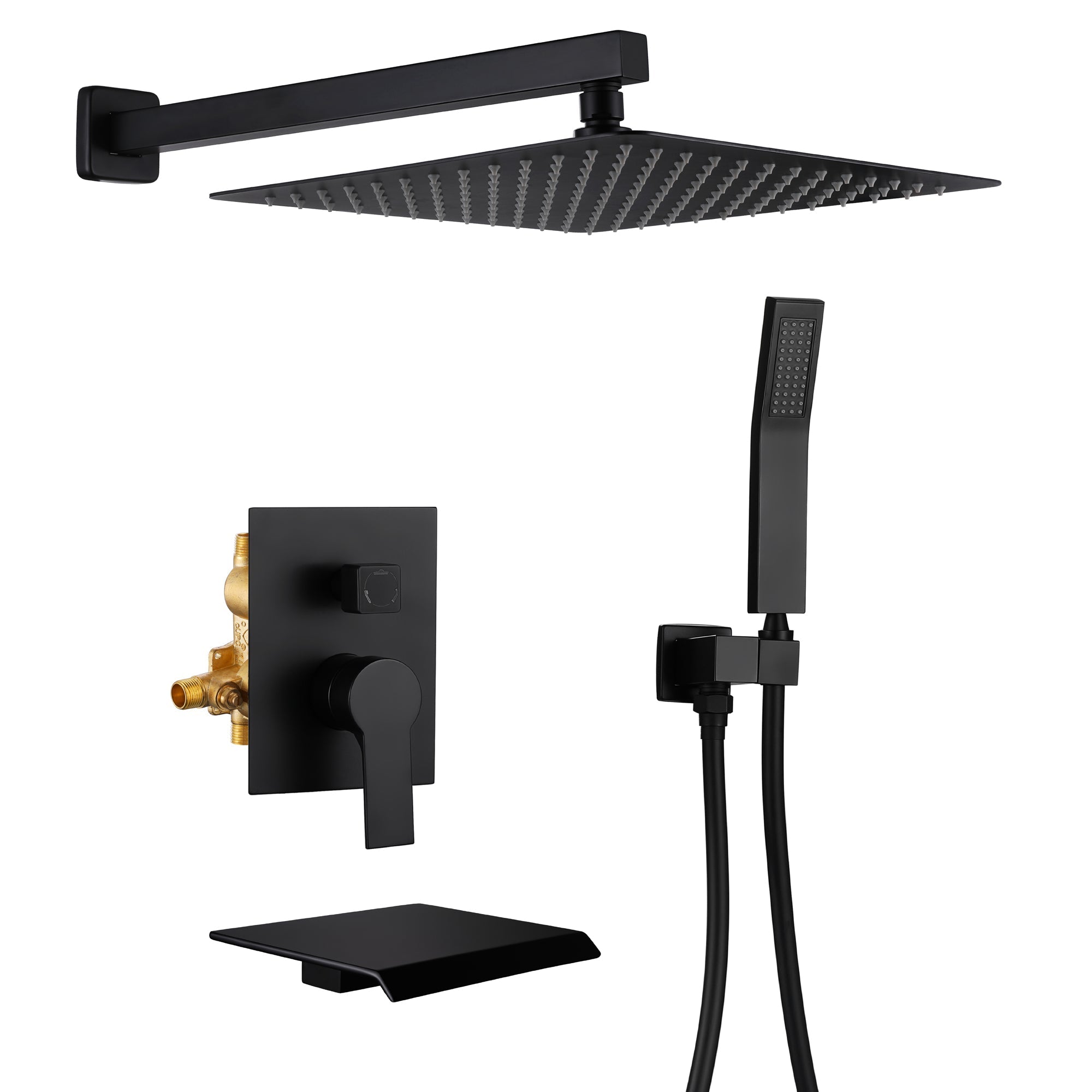
Leave a comment
This site is protected by hCaptcha and the hCaptcha Privacy Policy and Terms of Service apply.